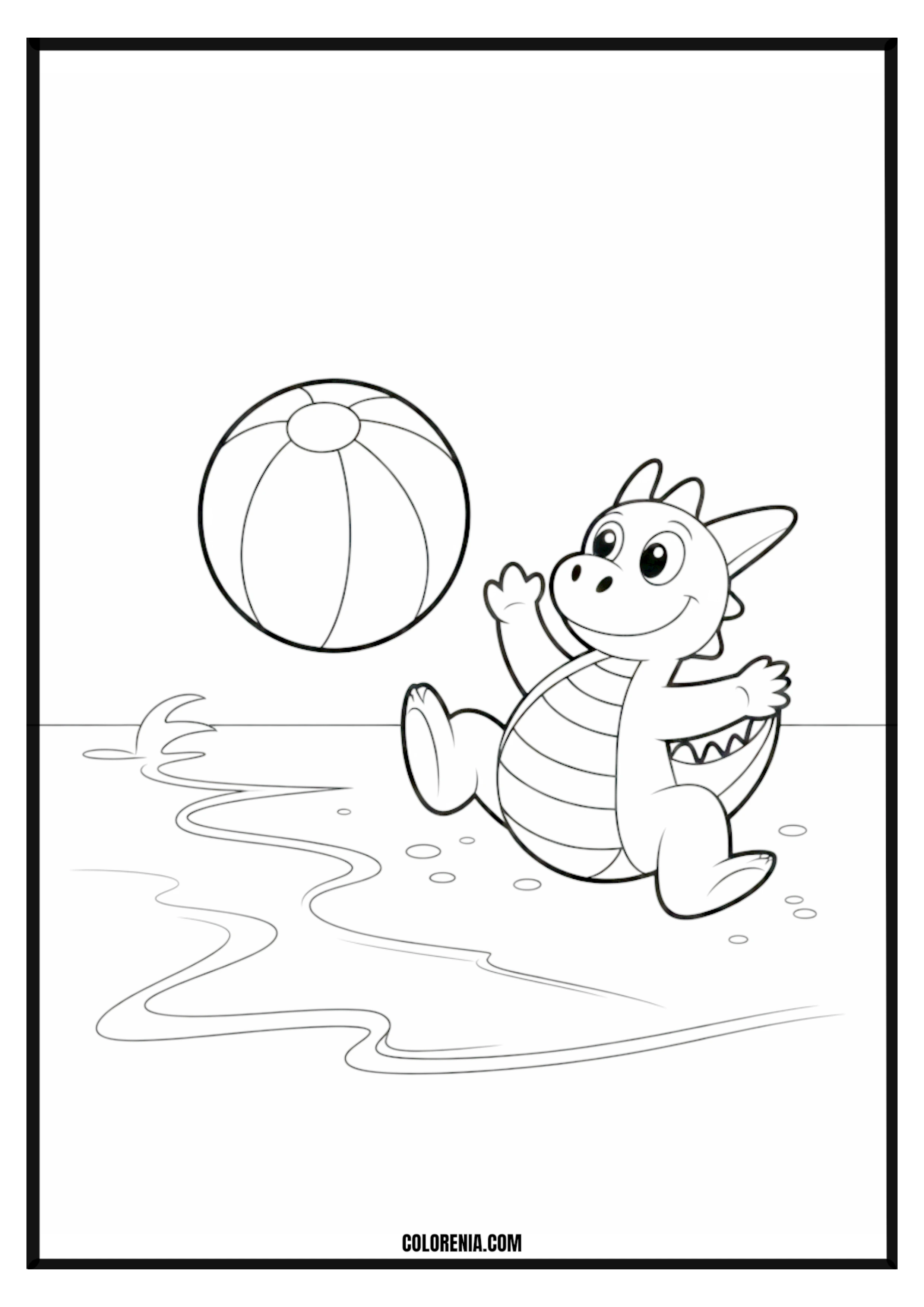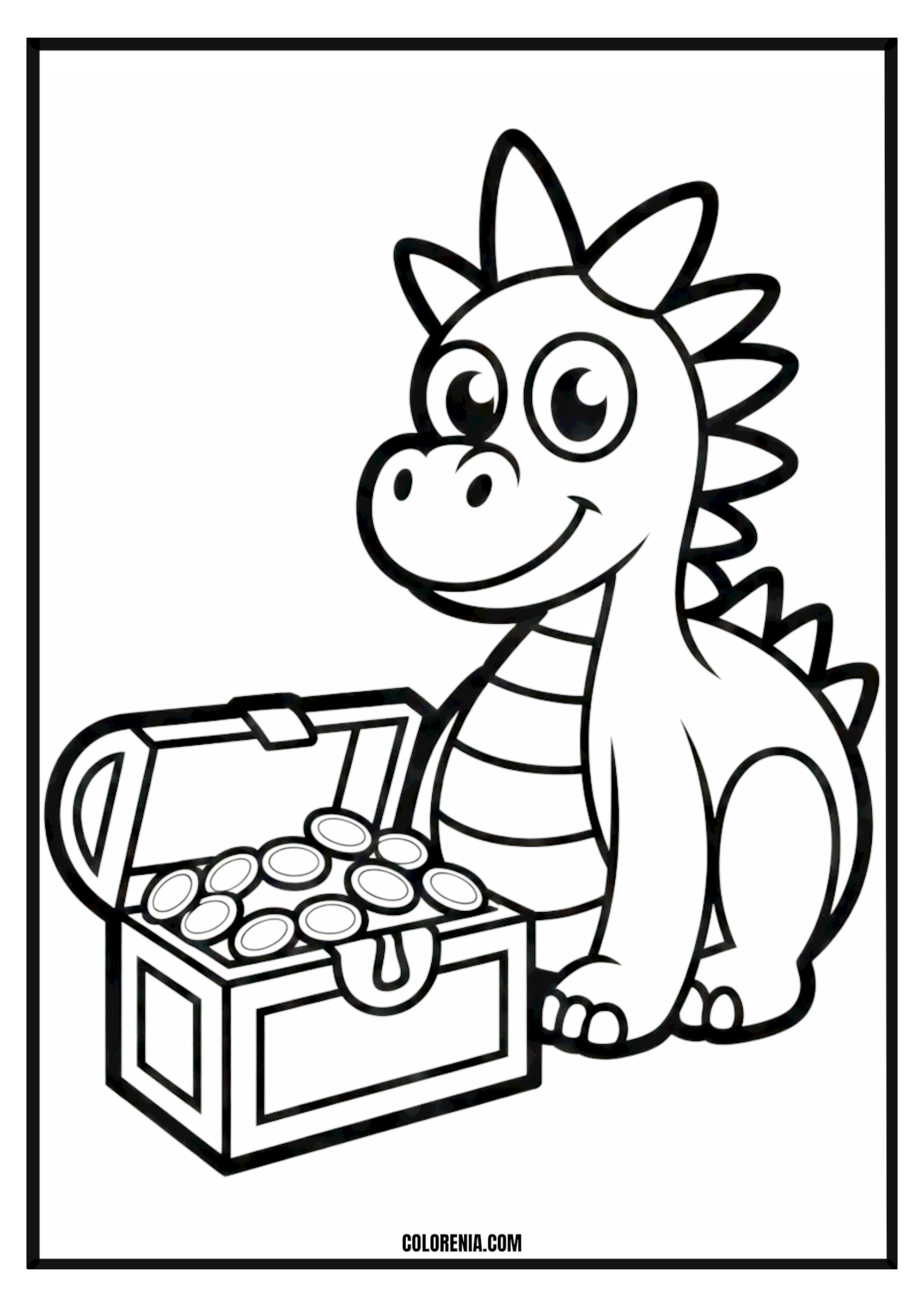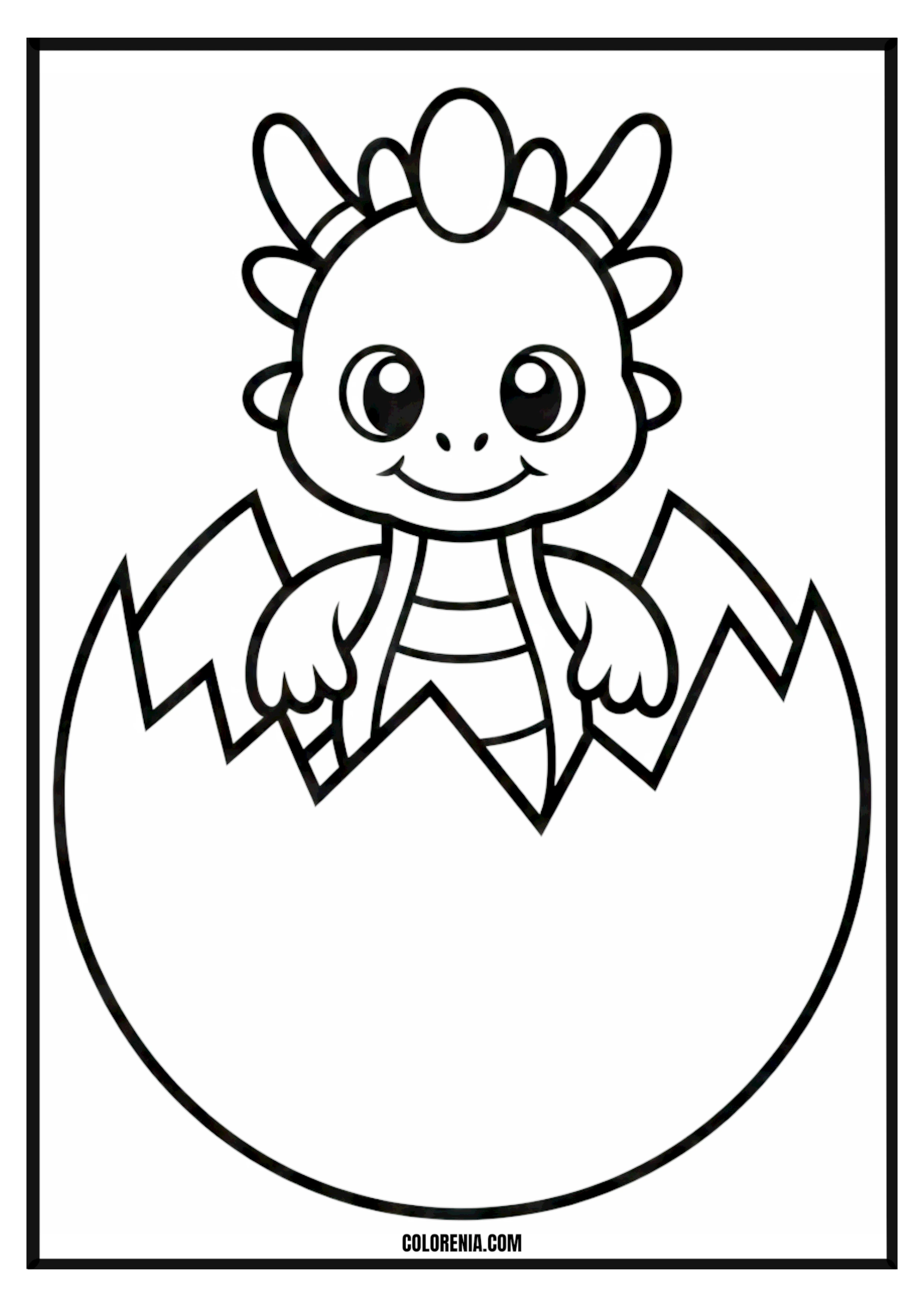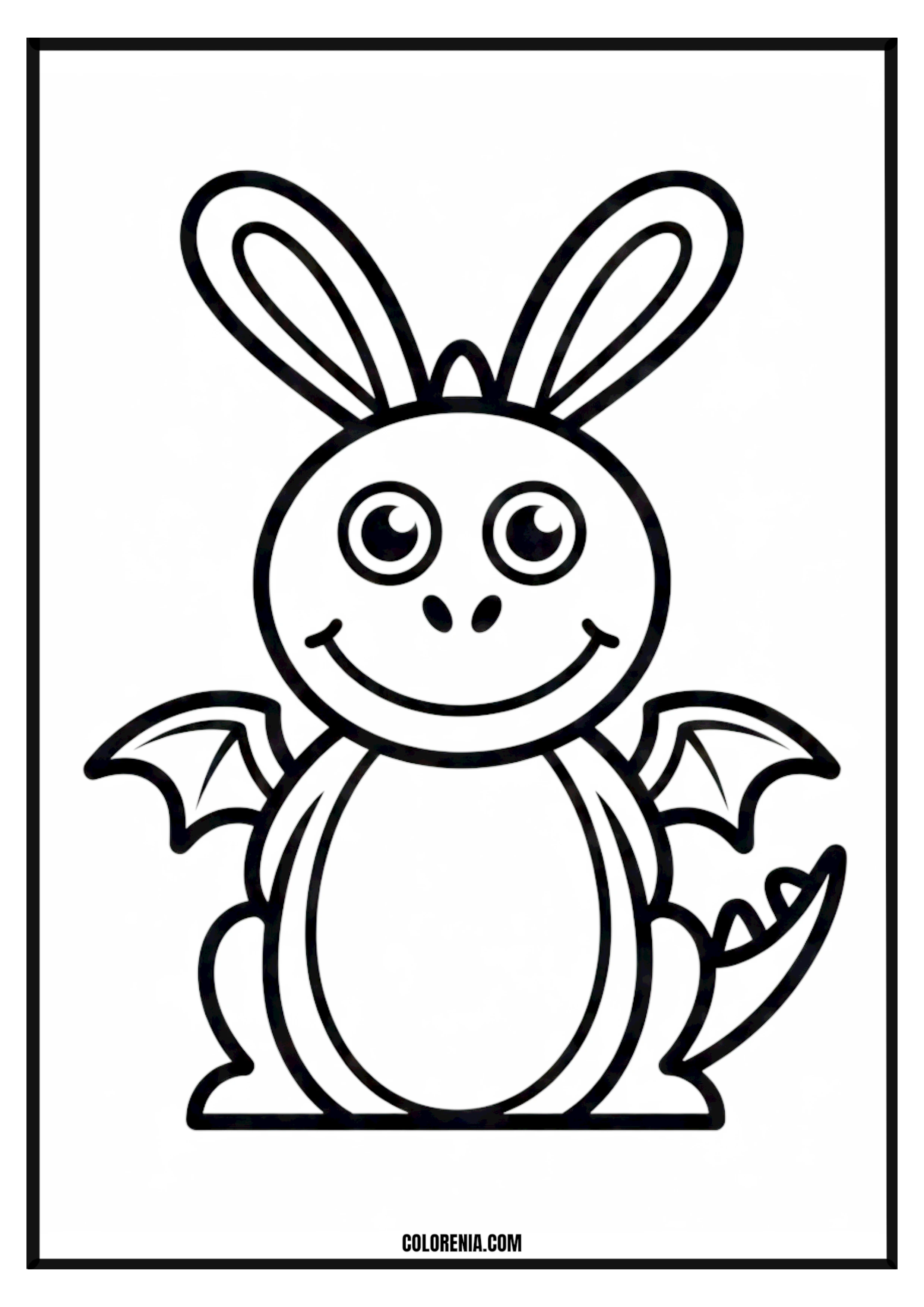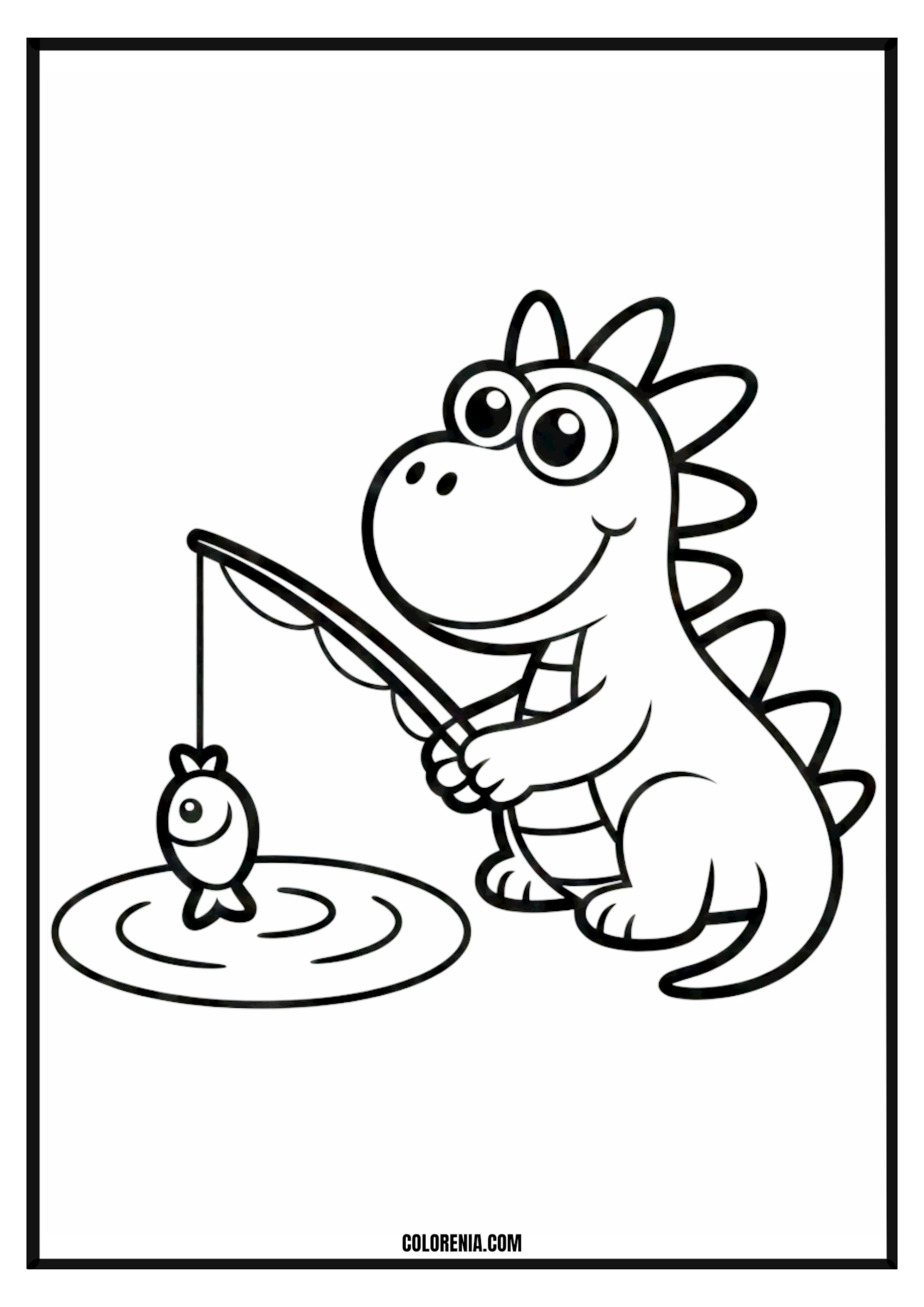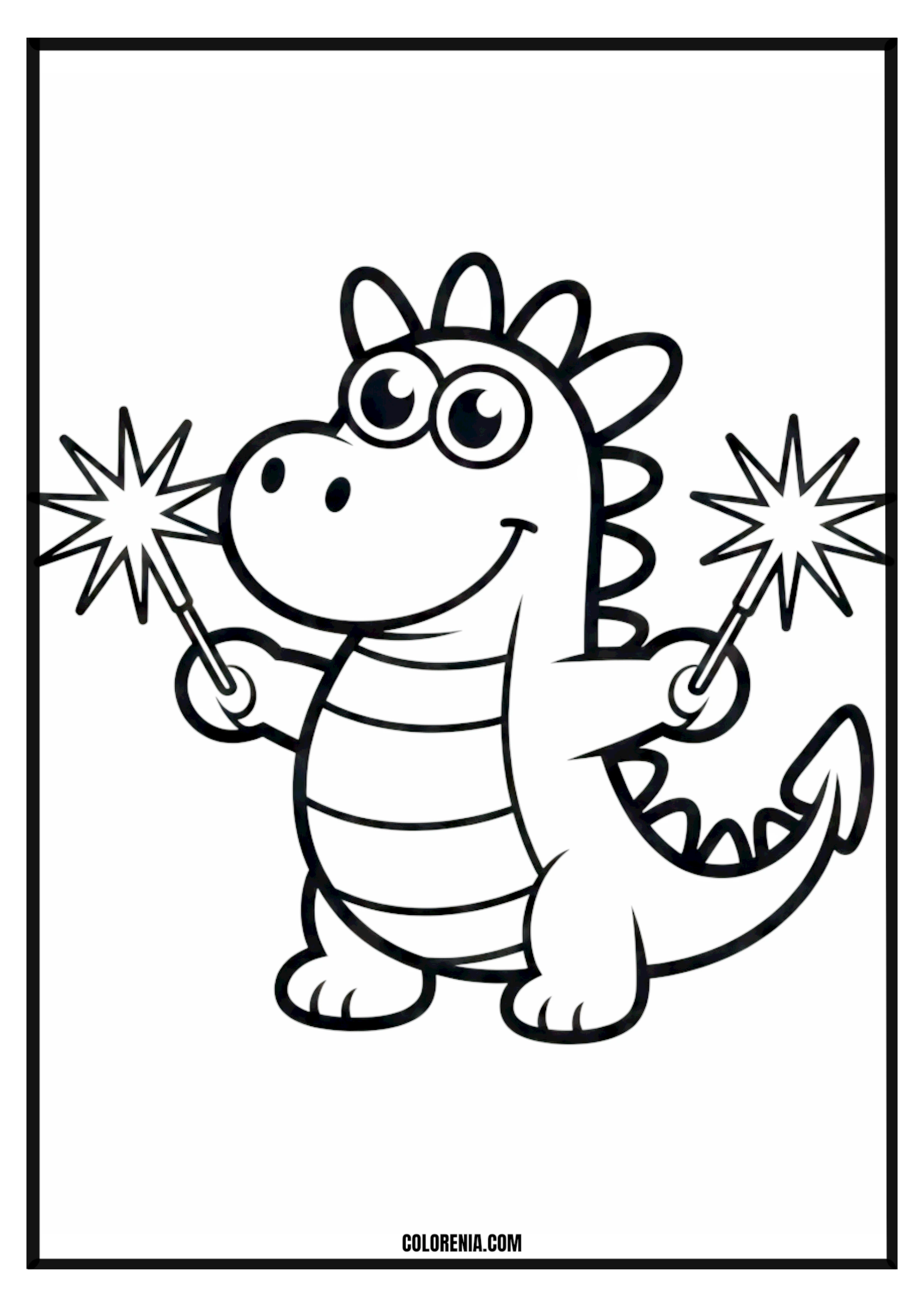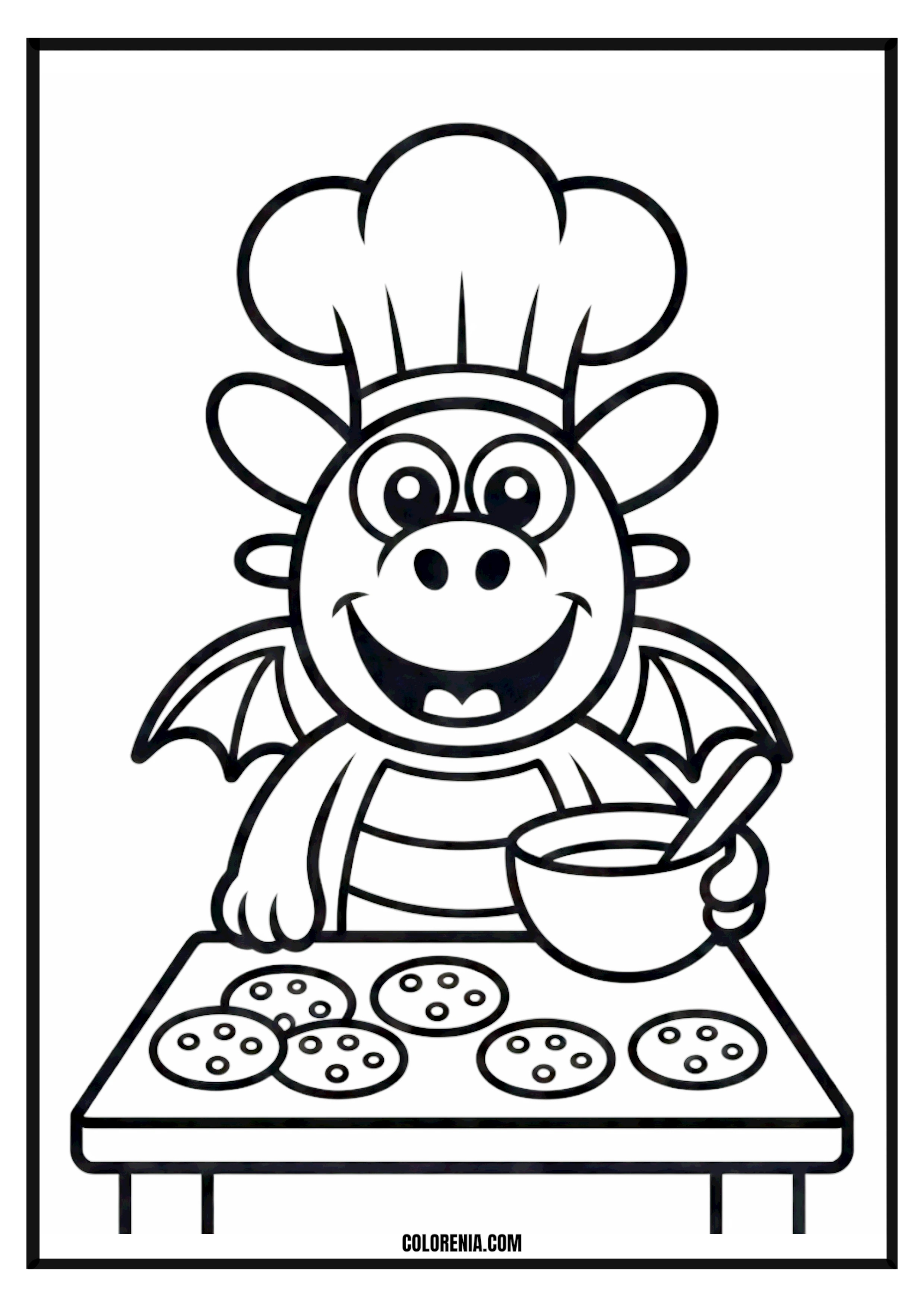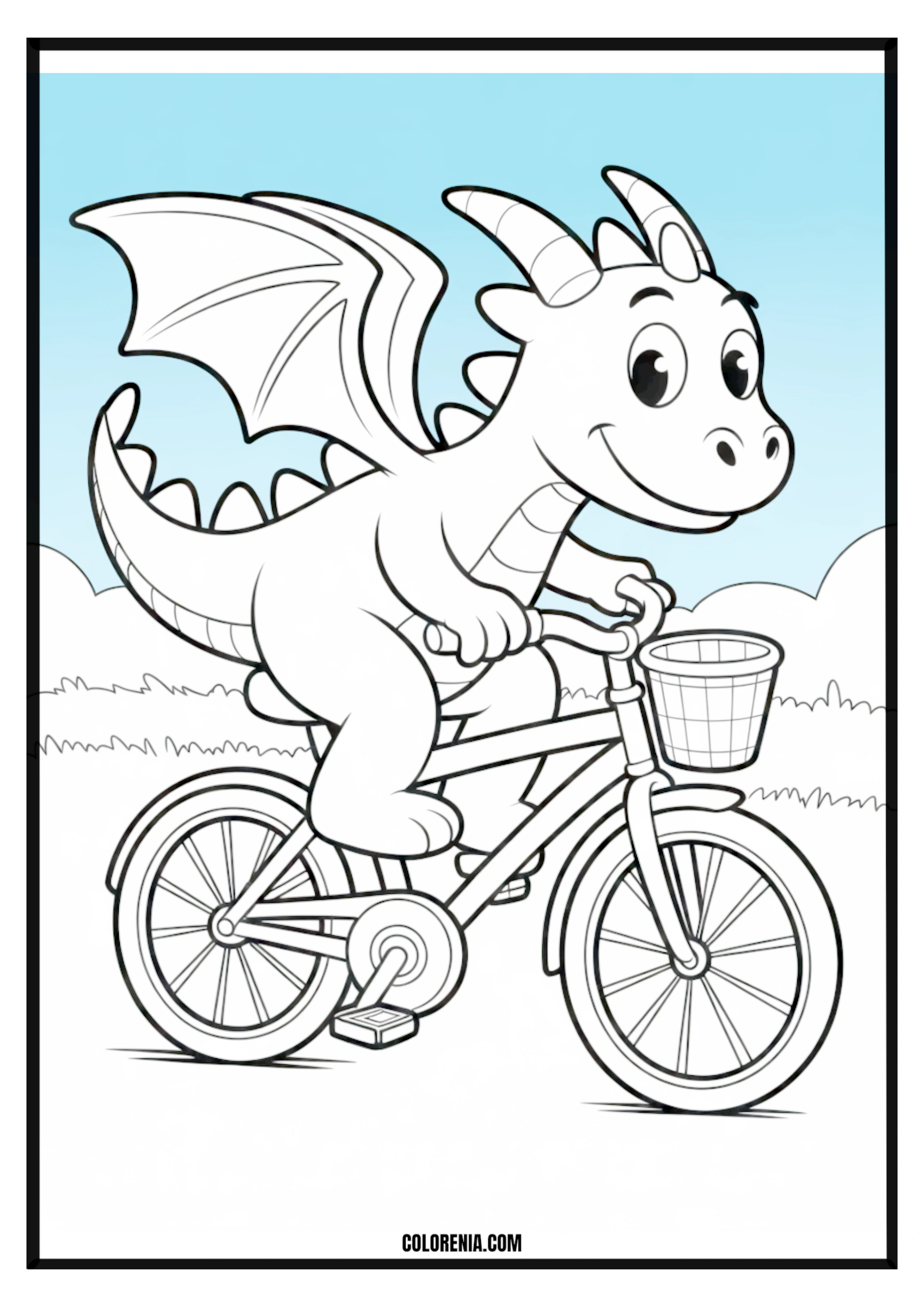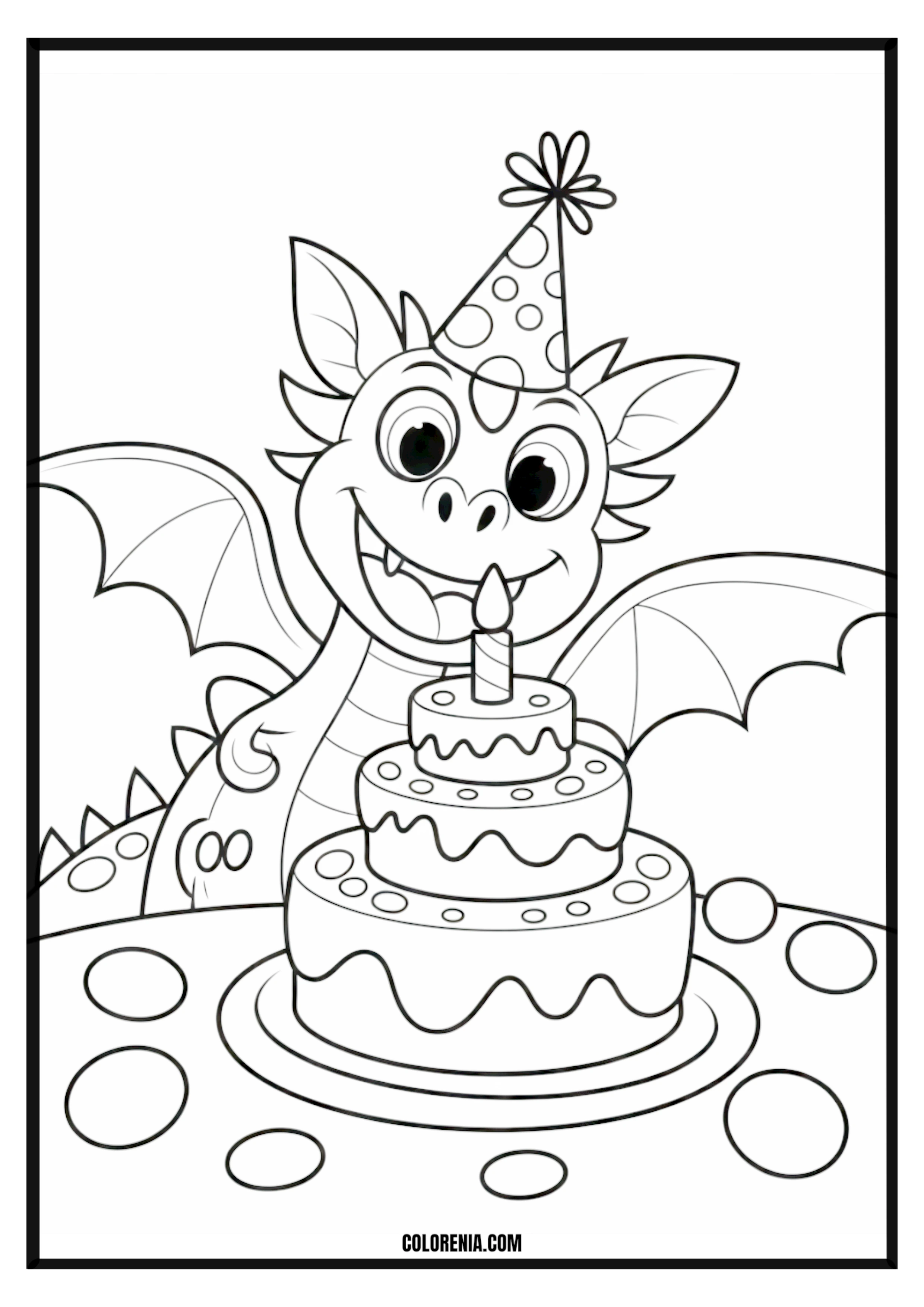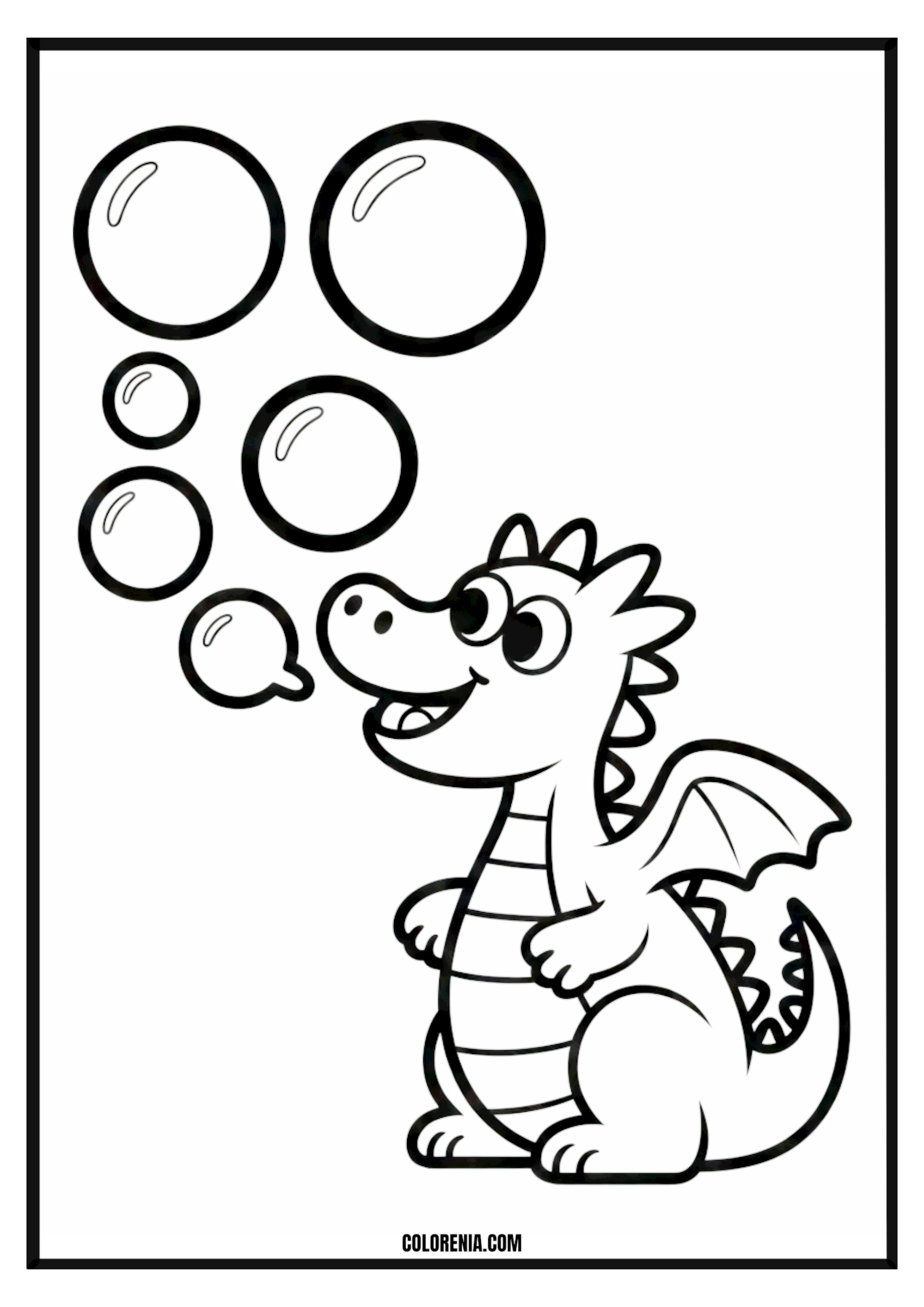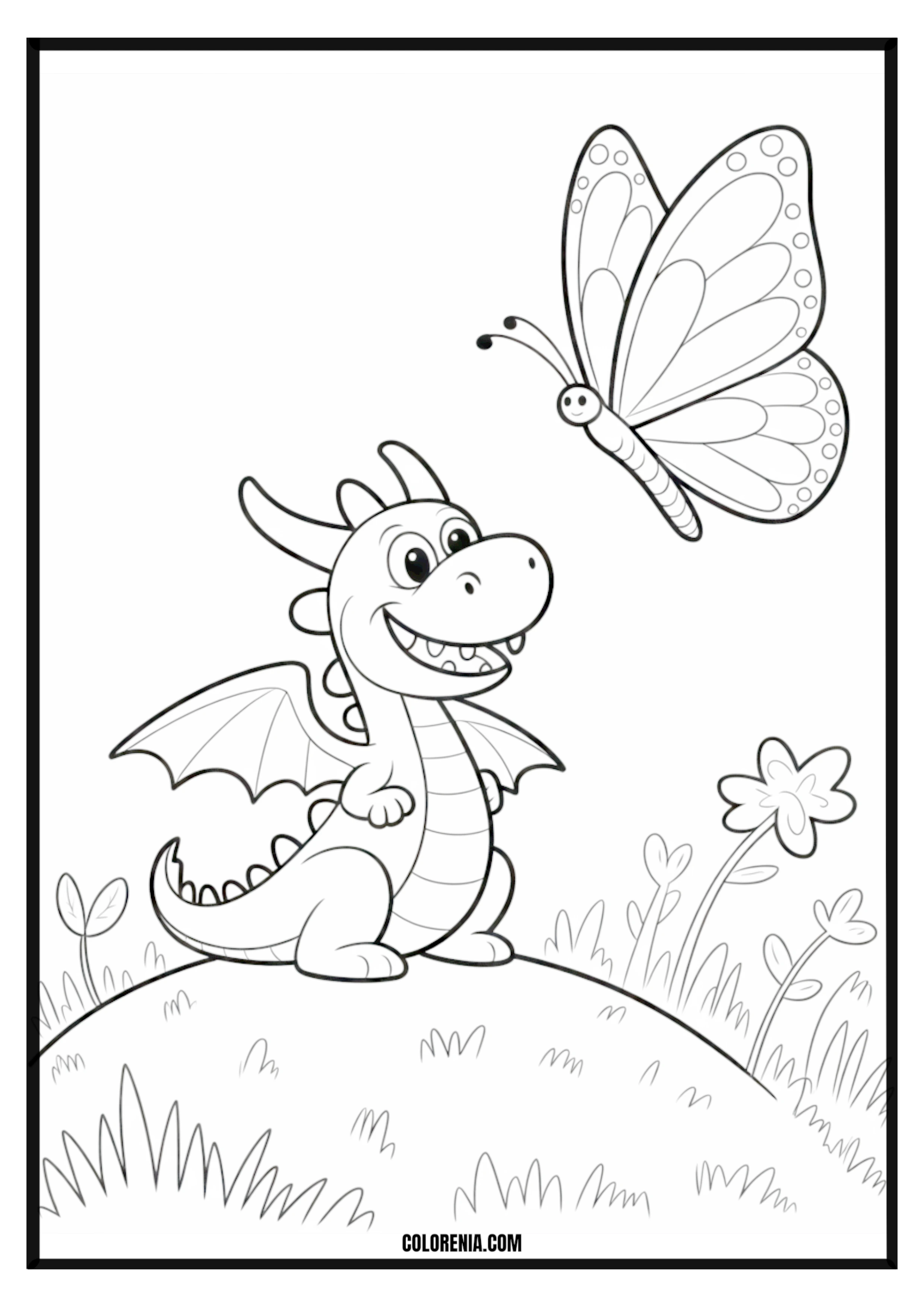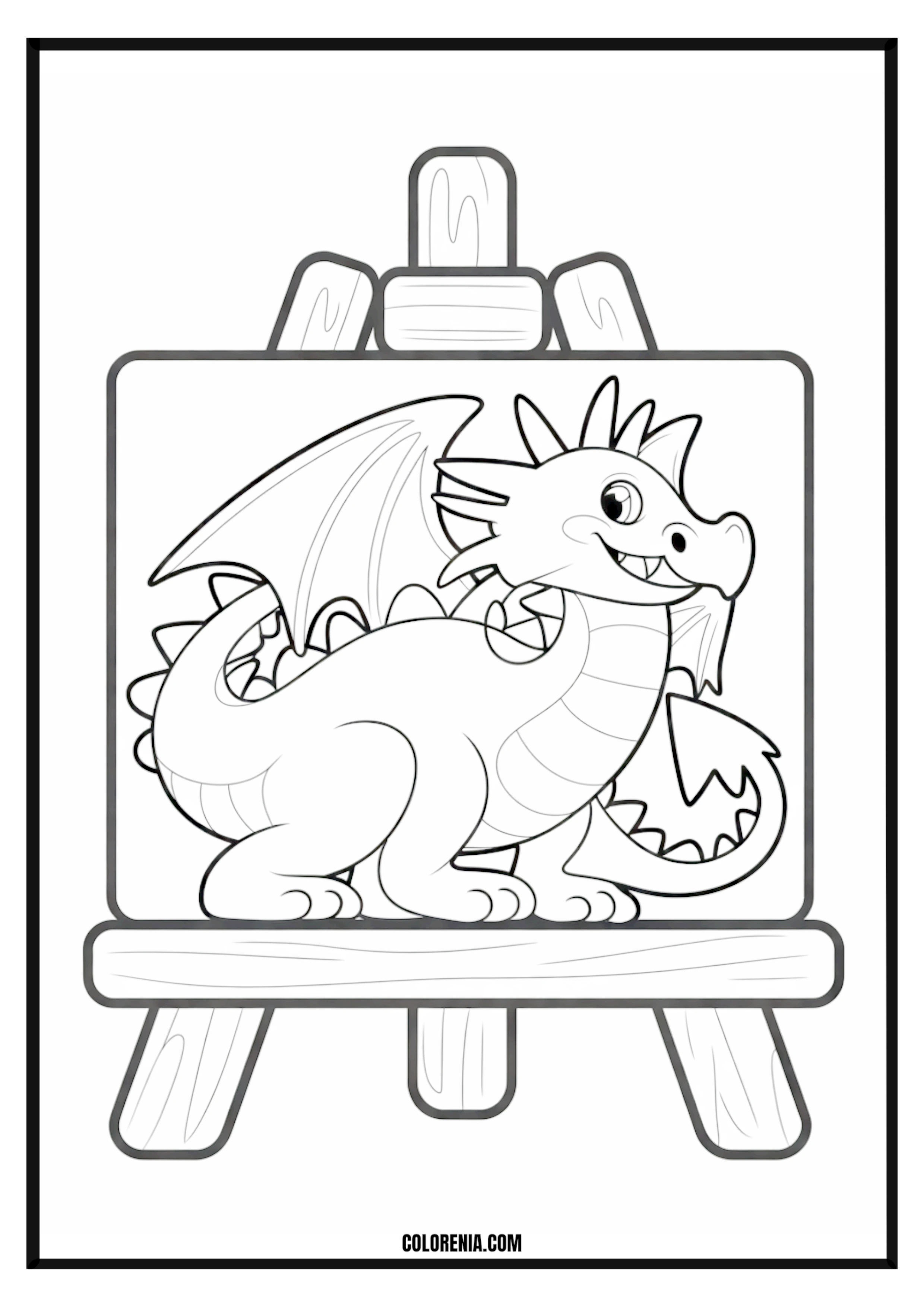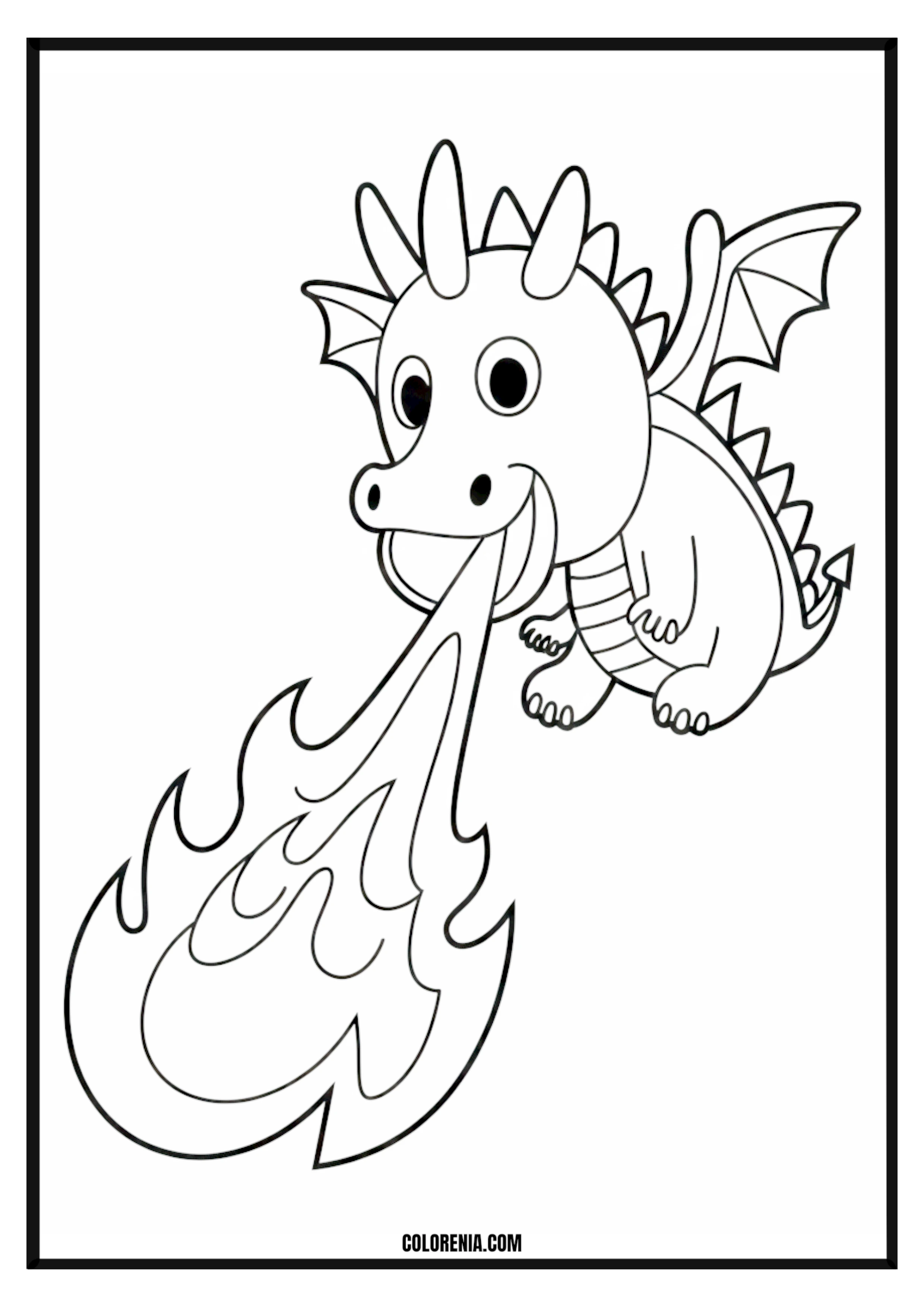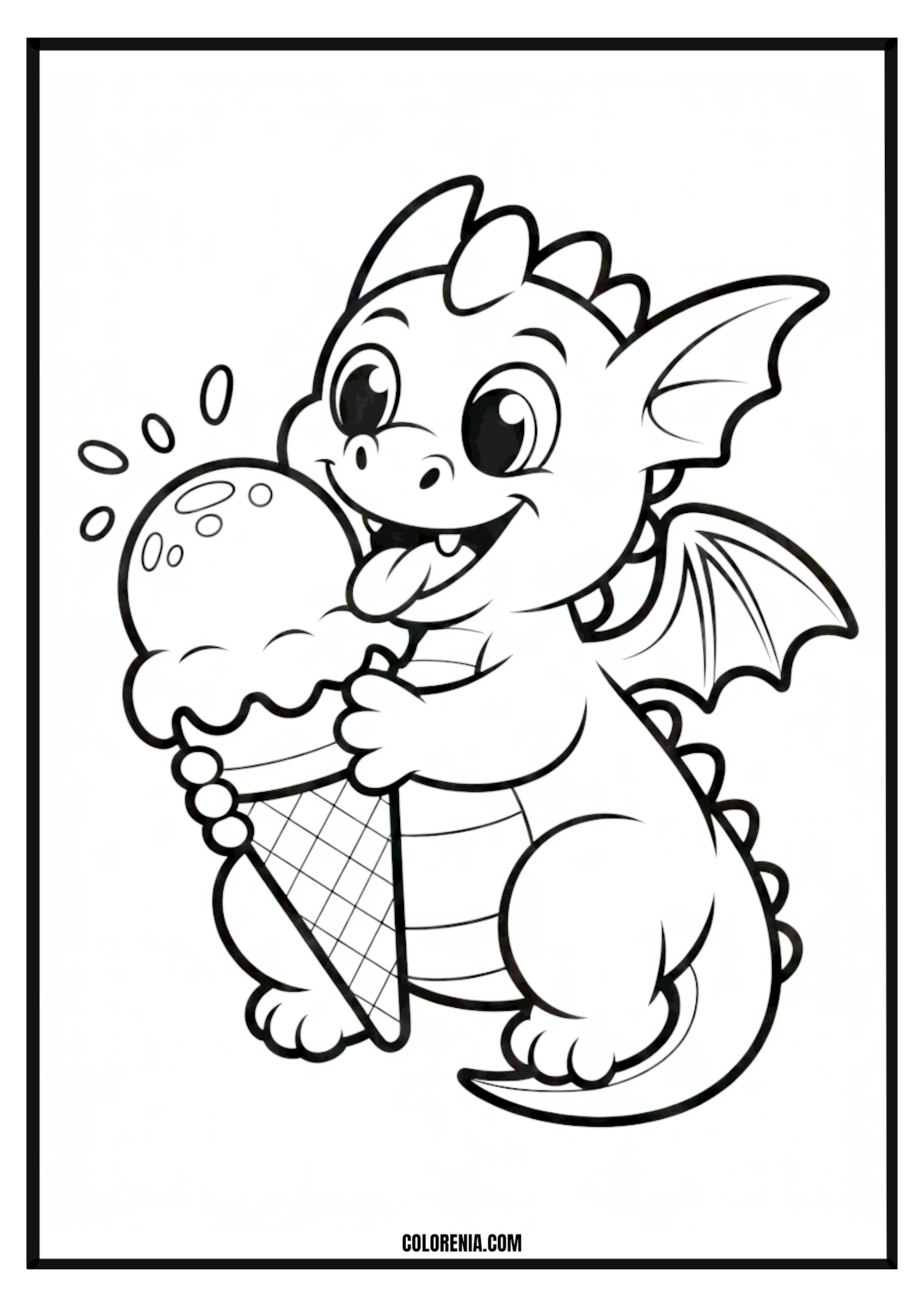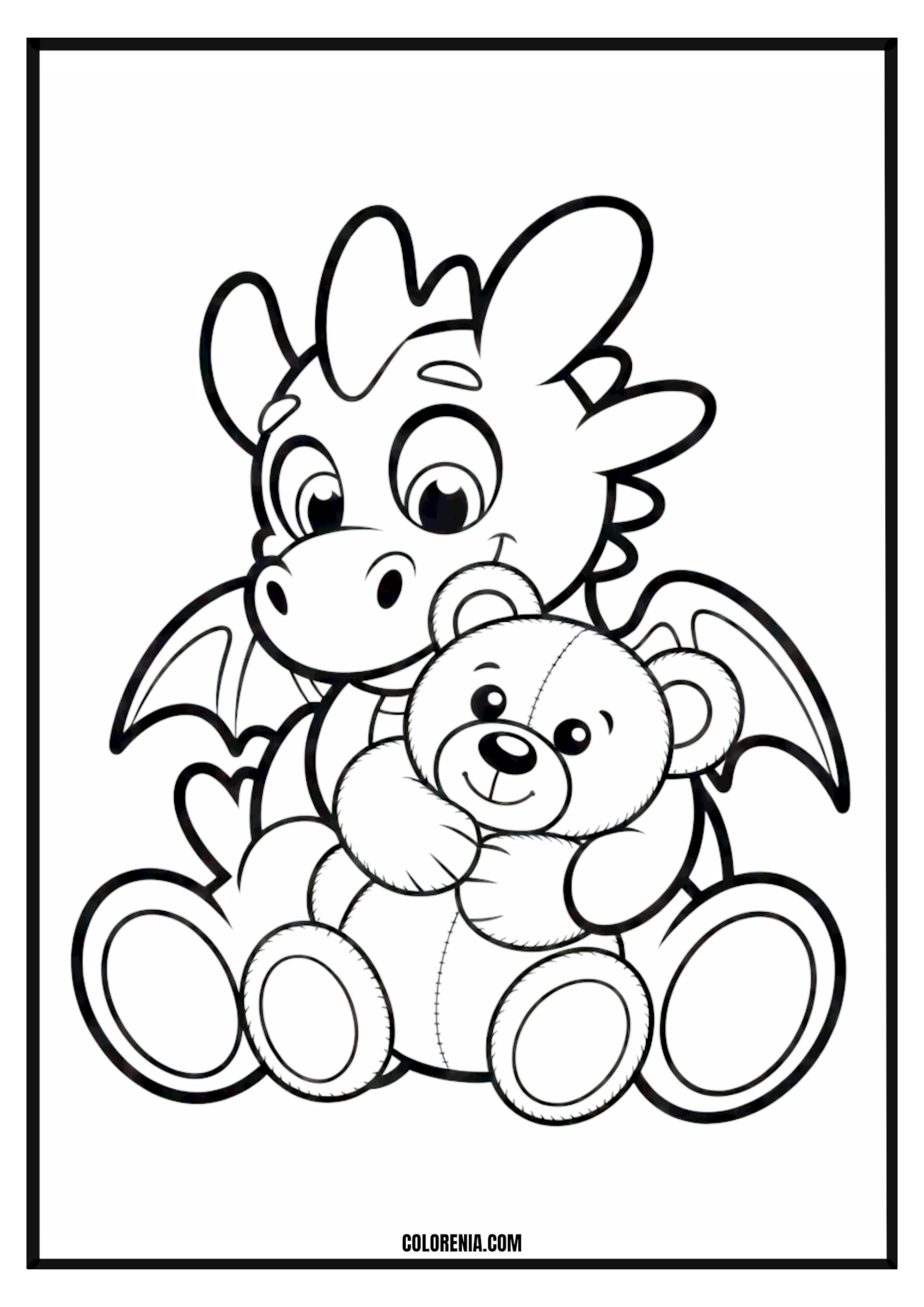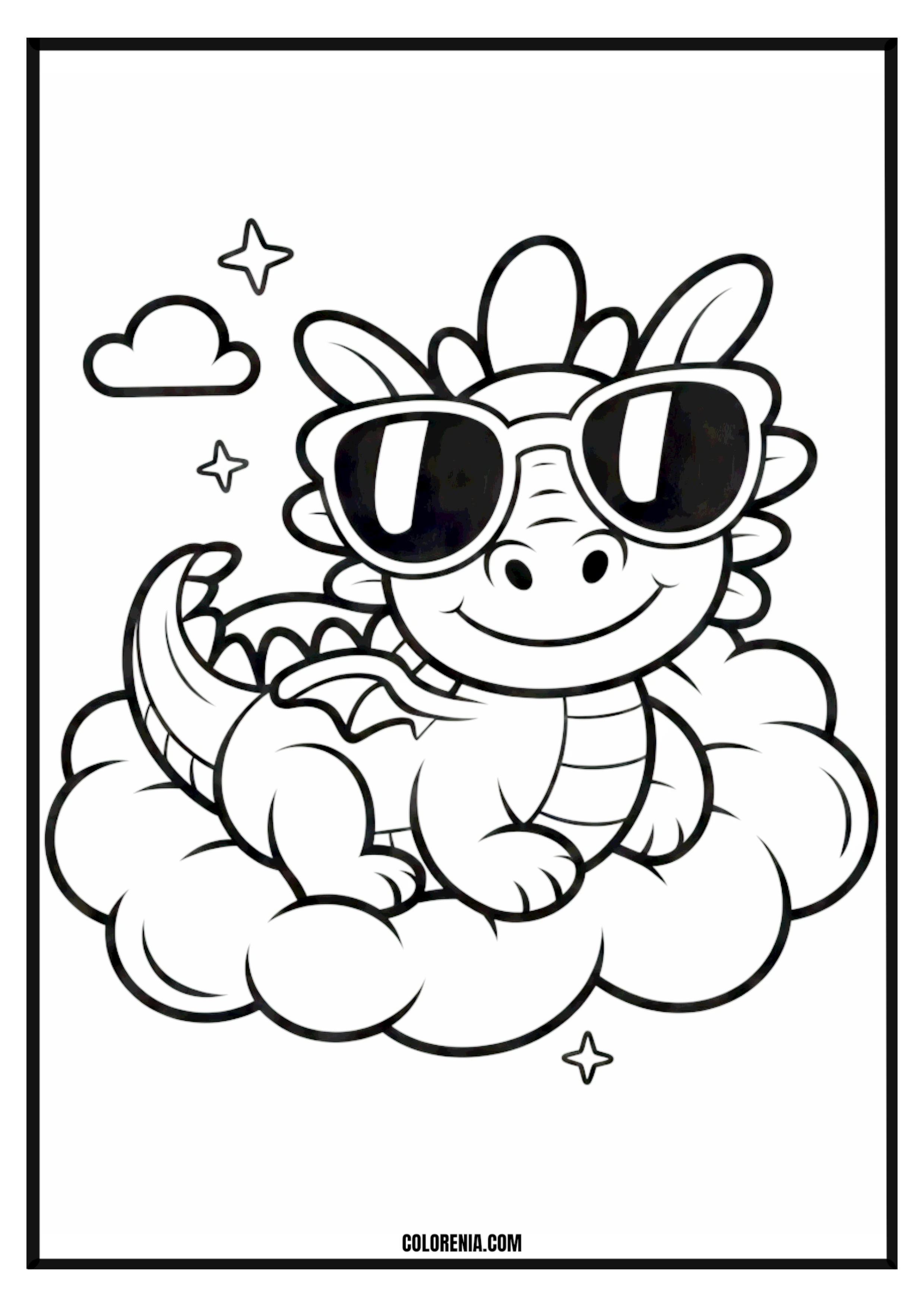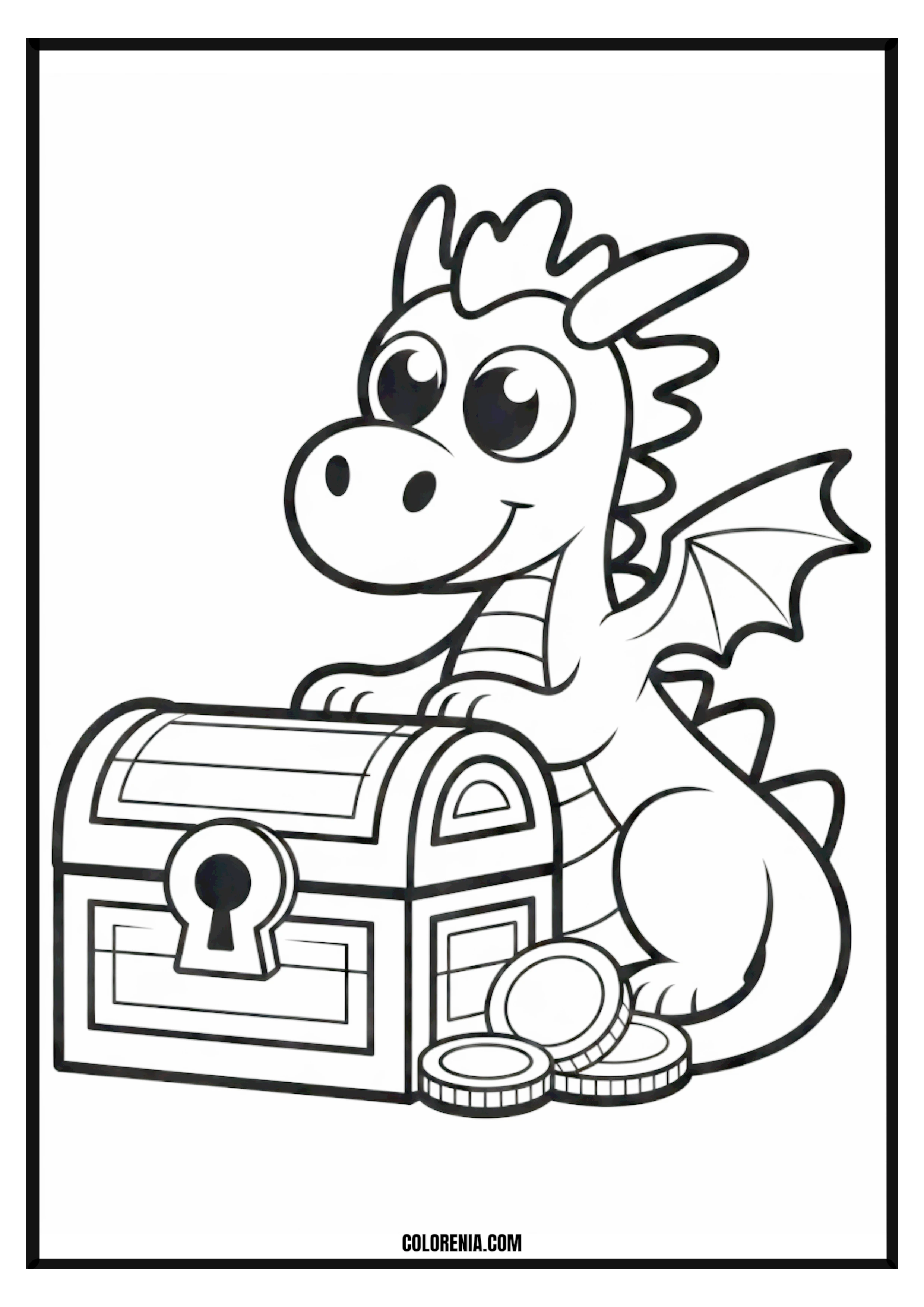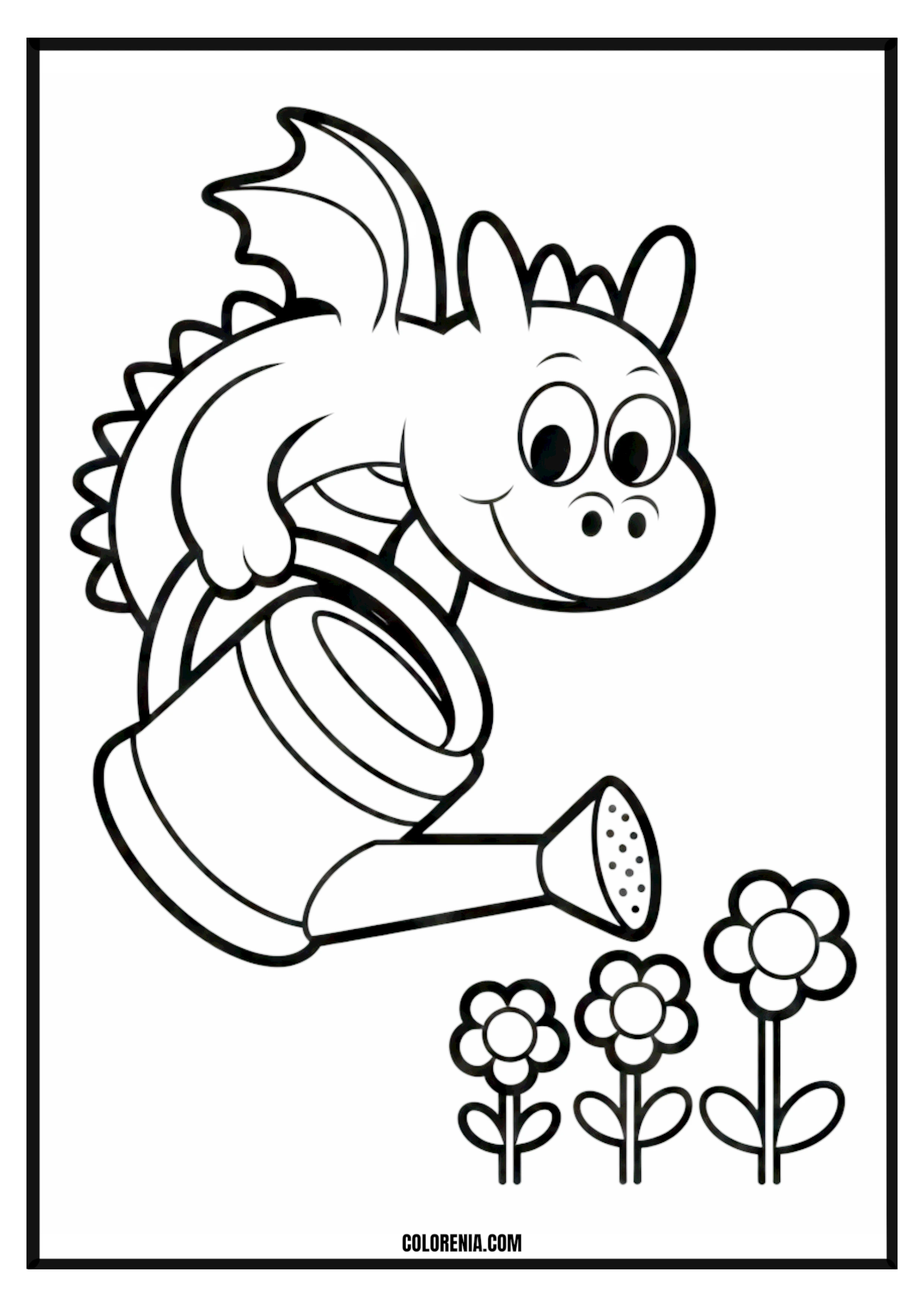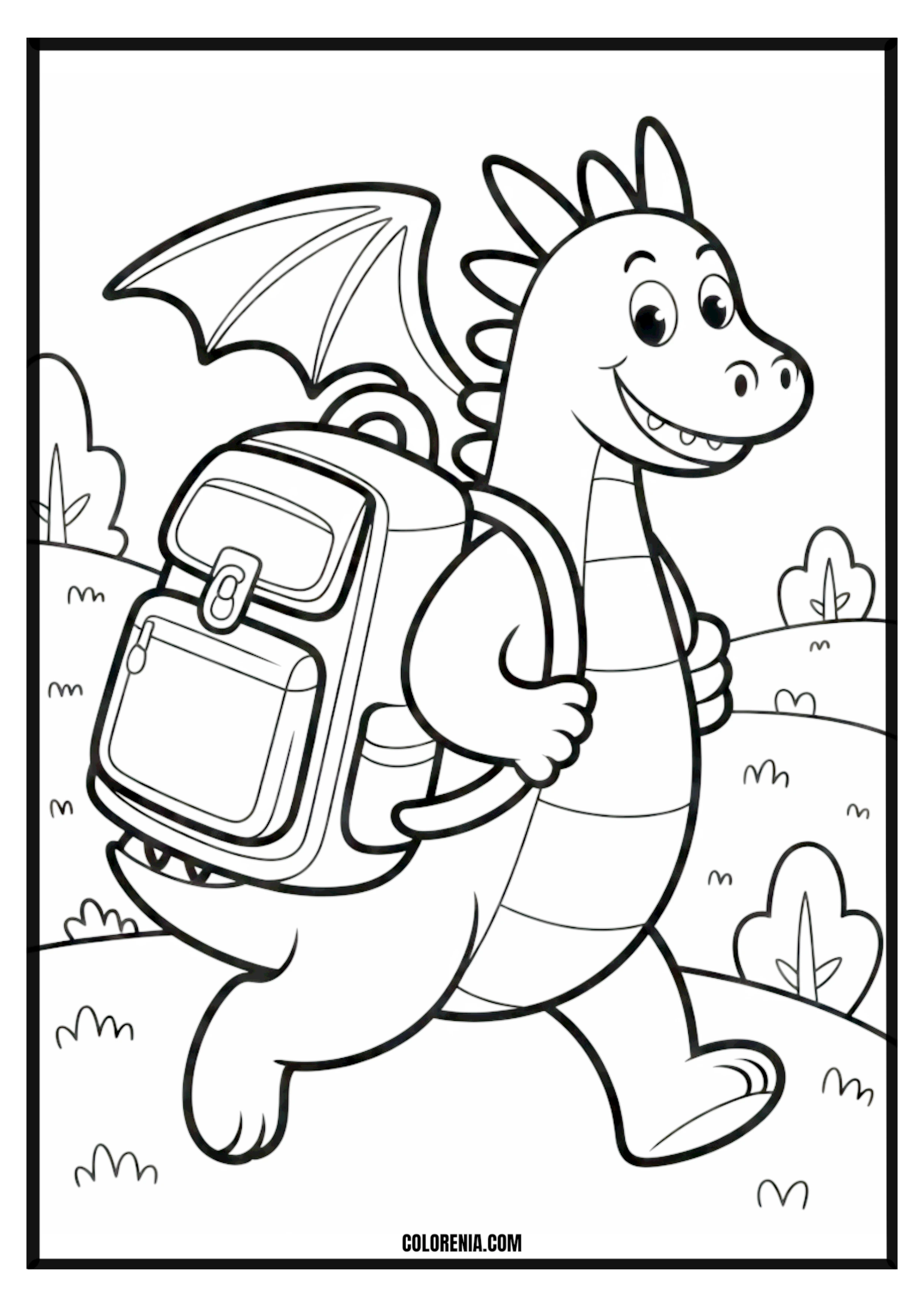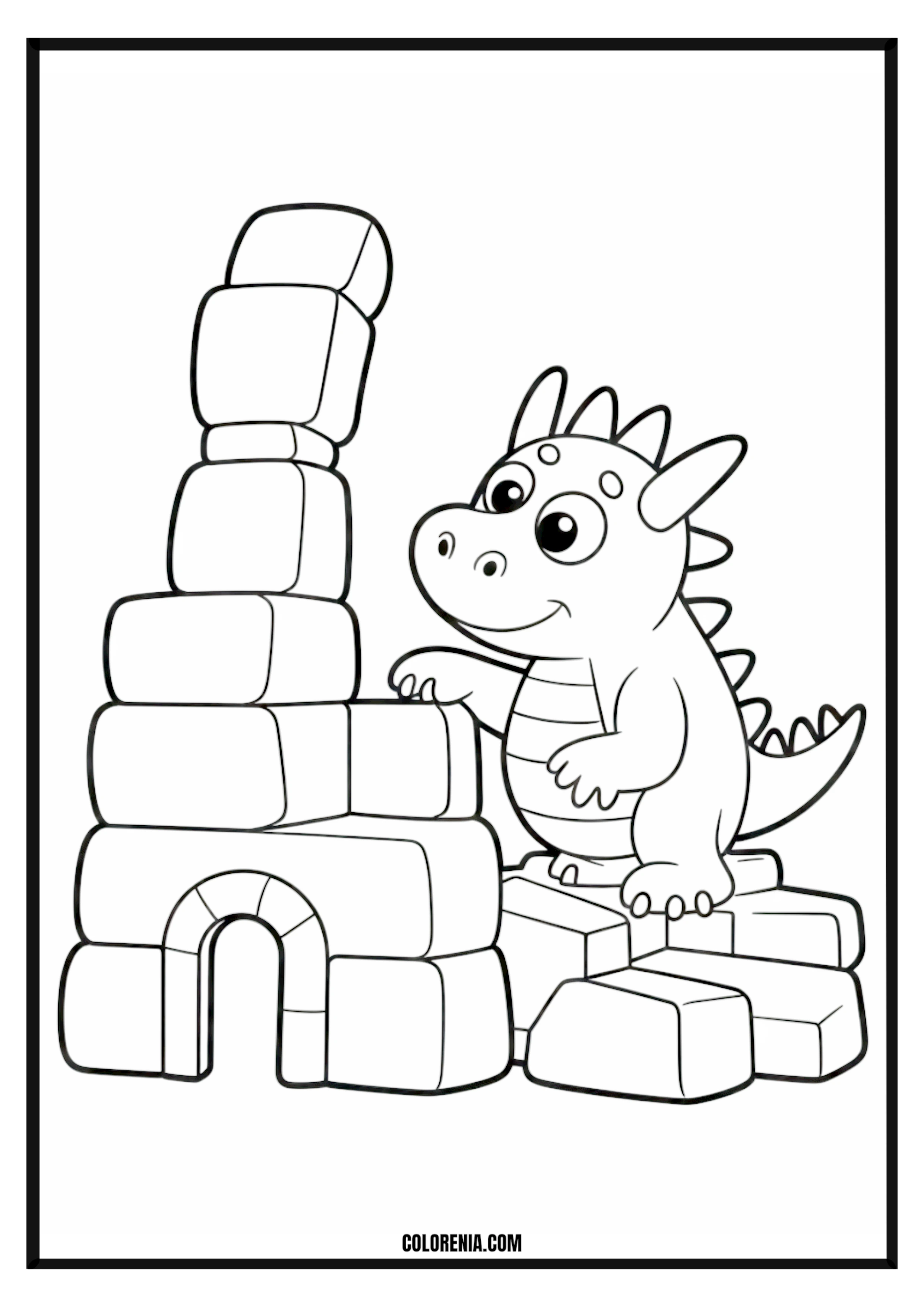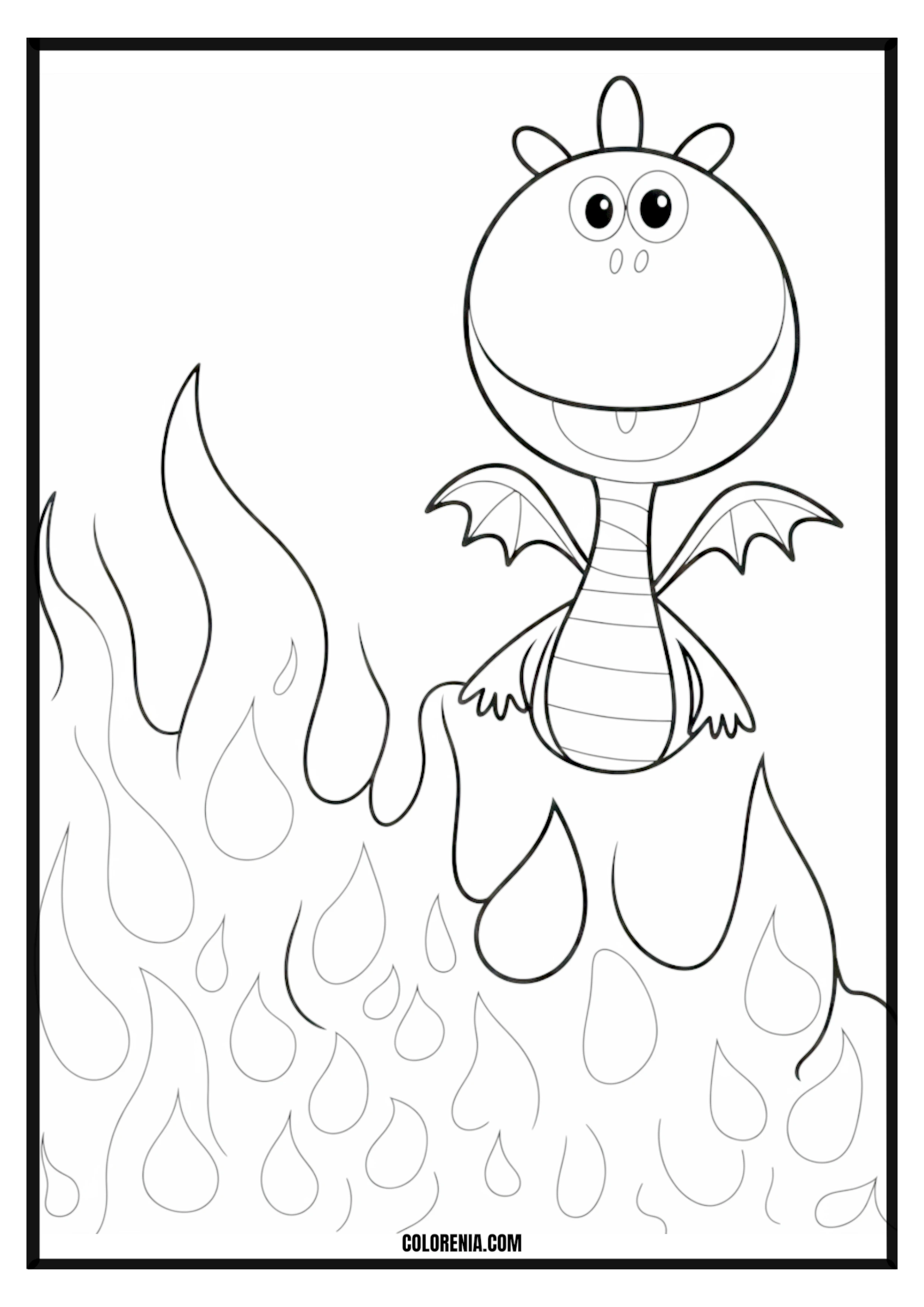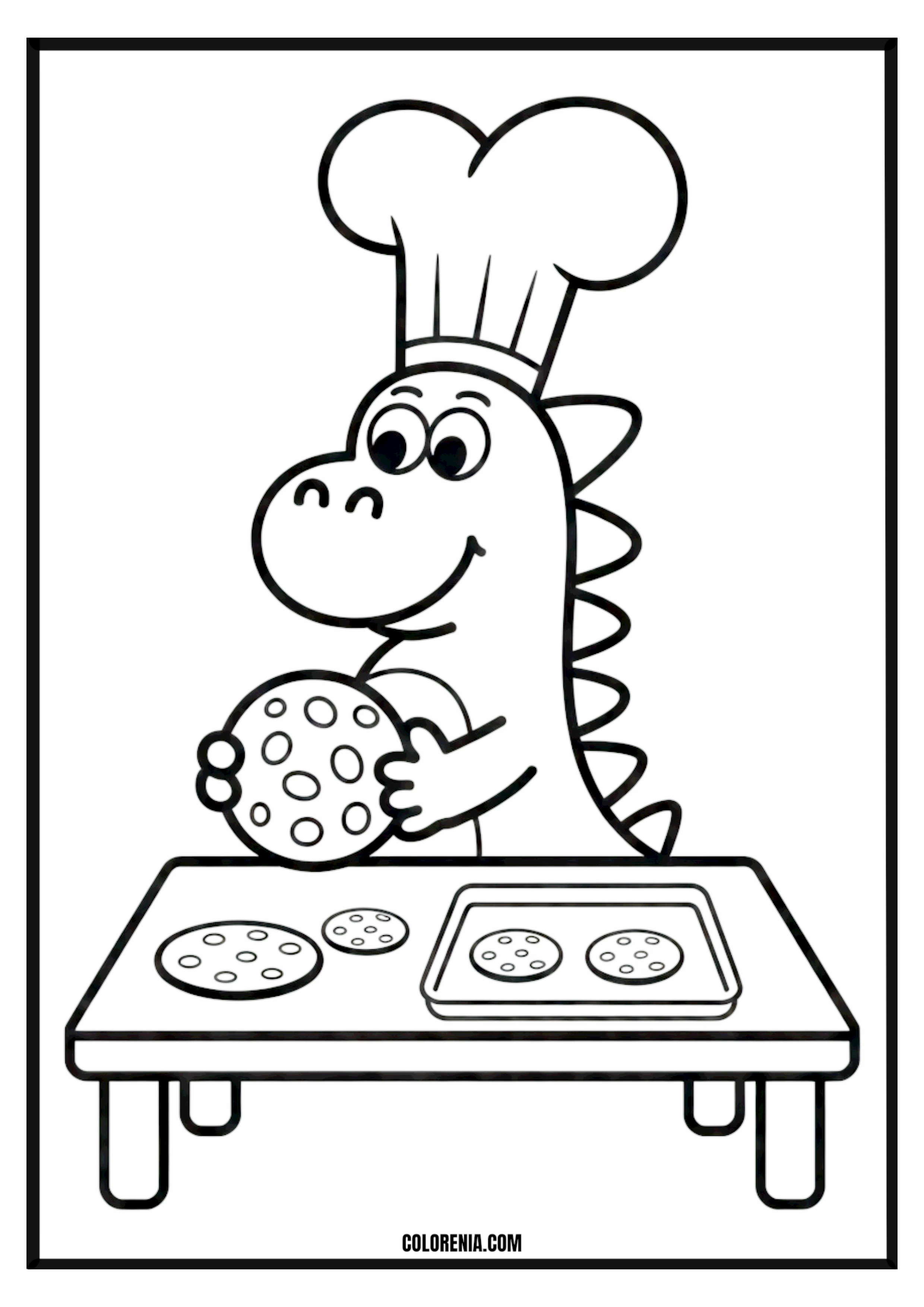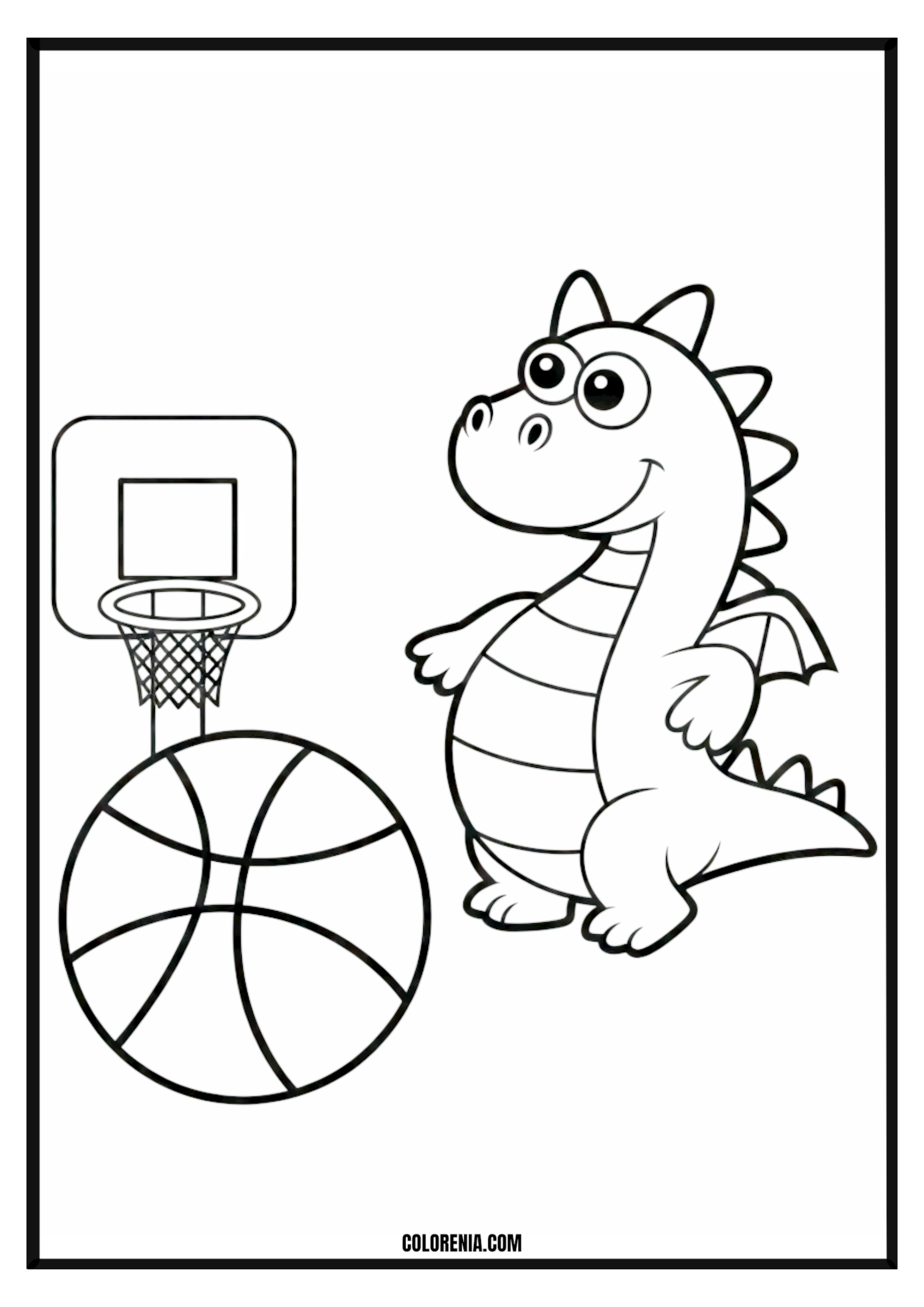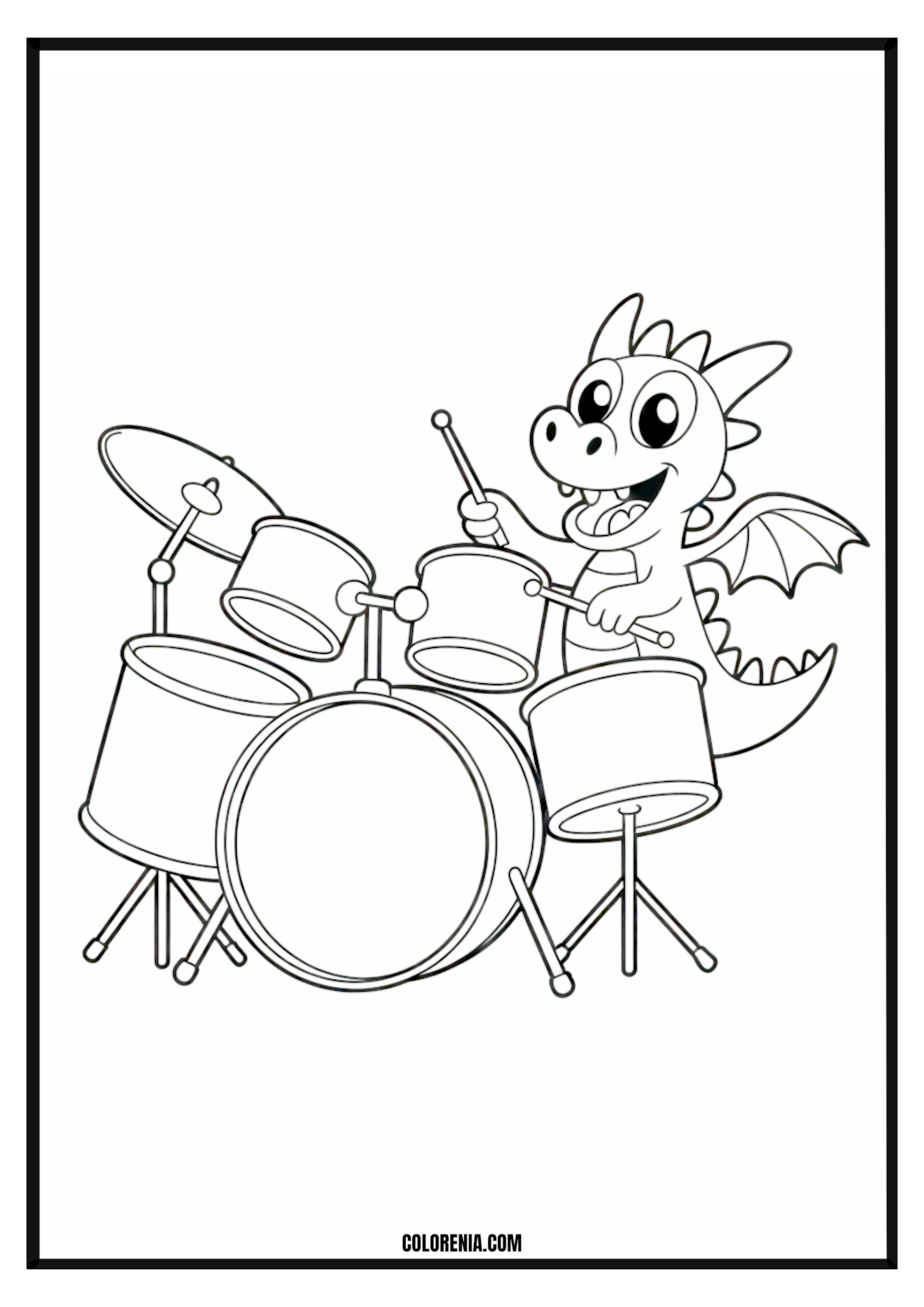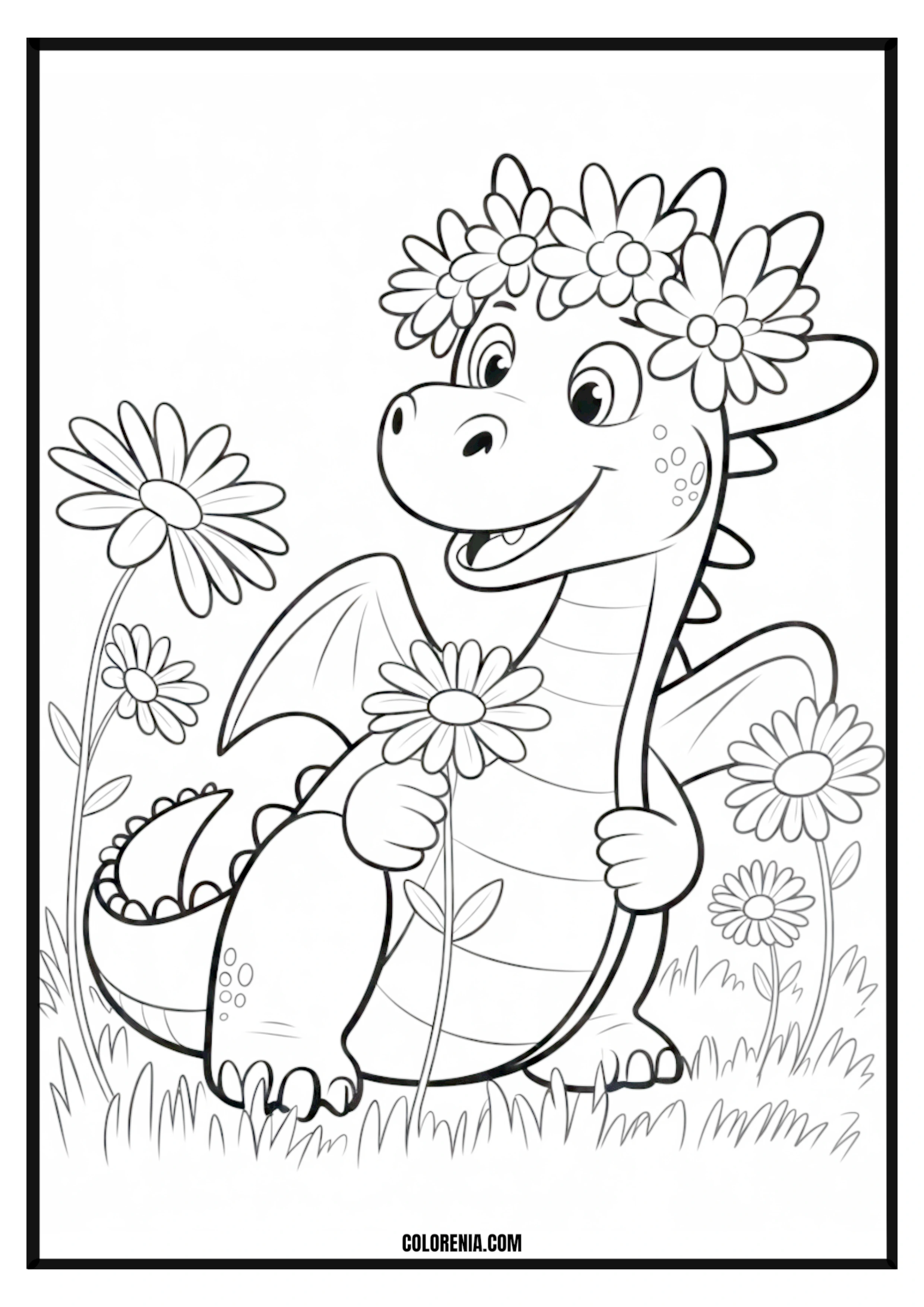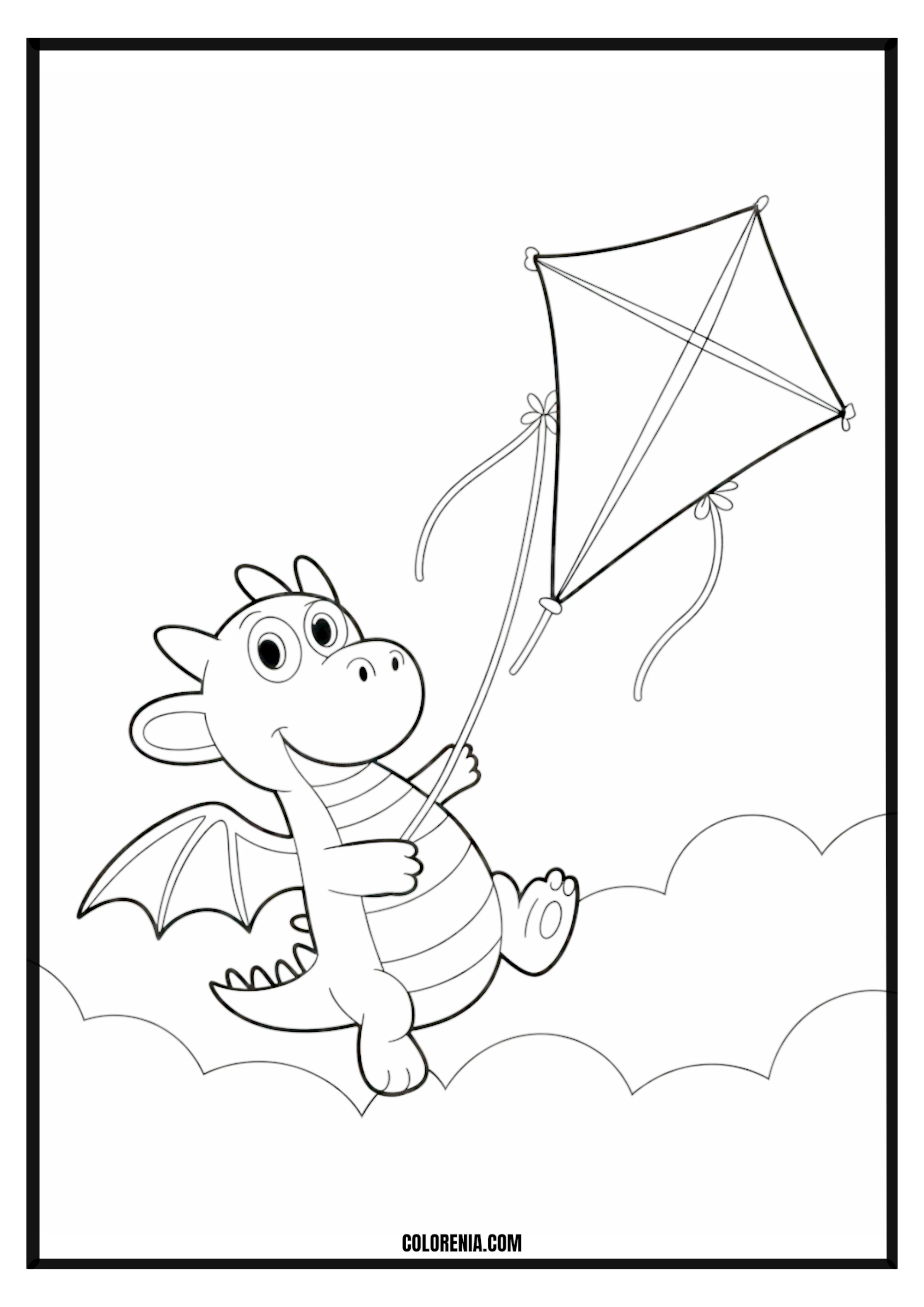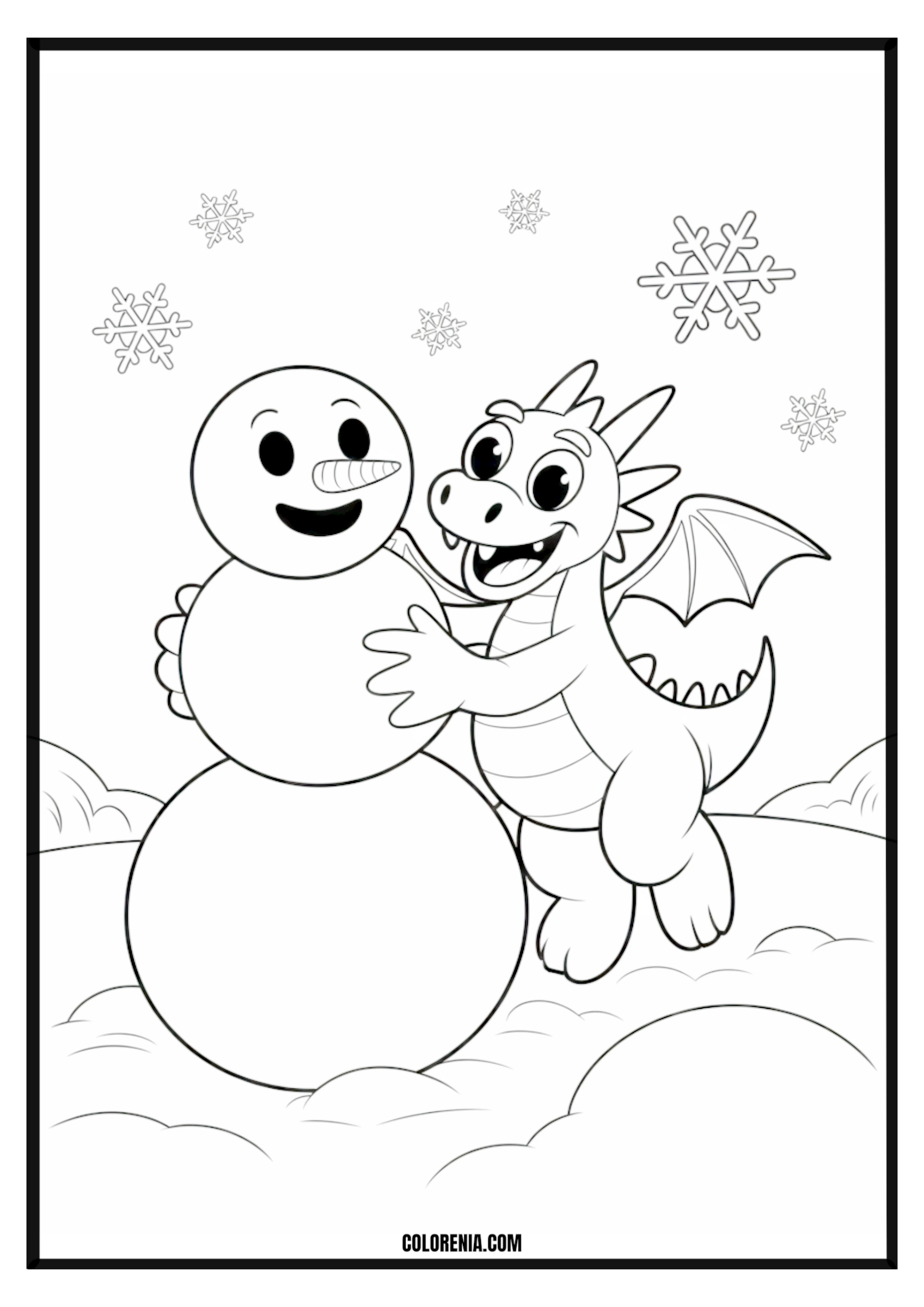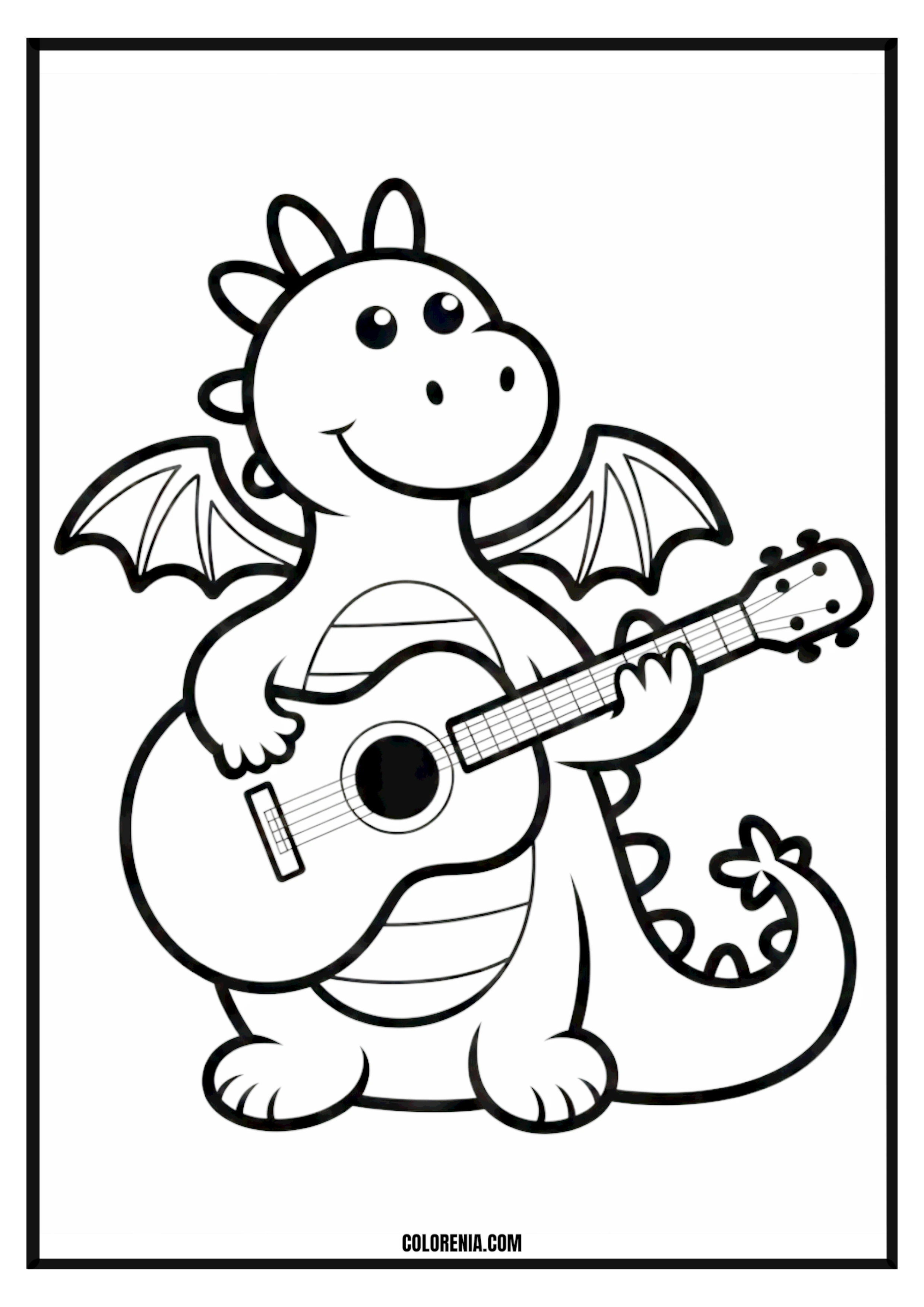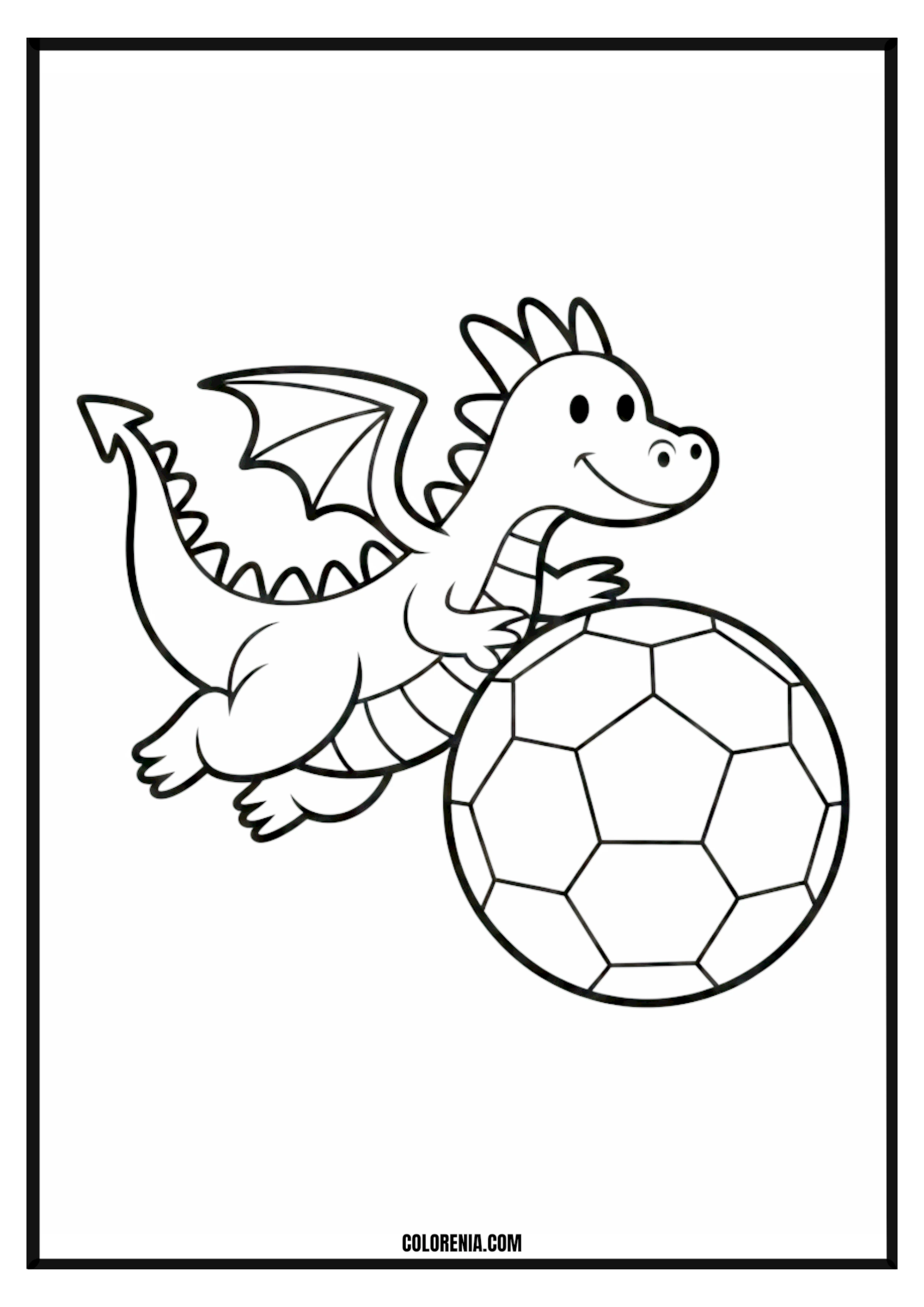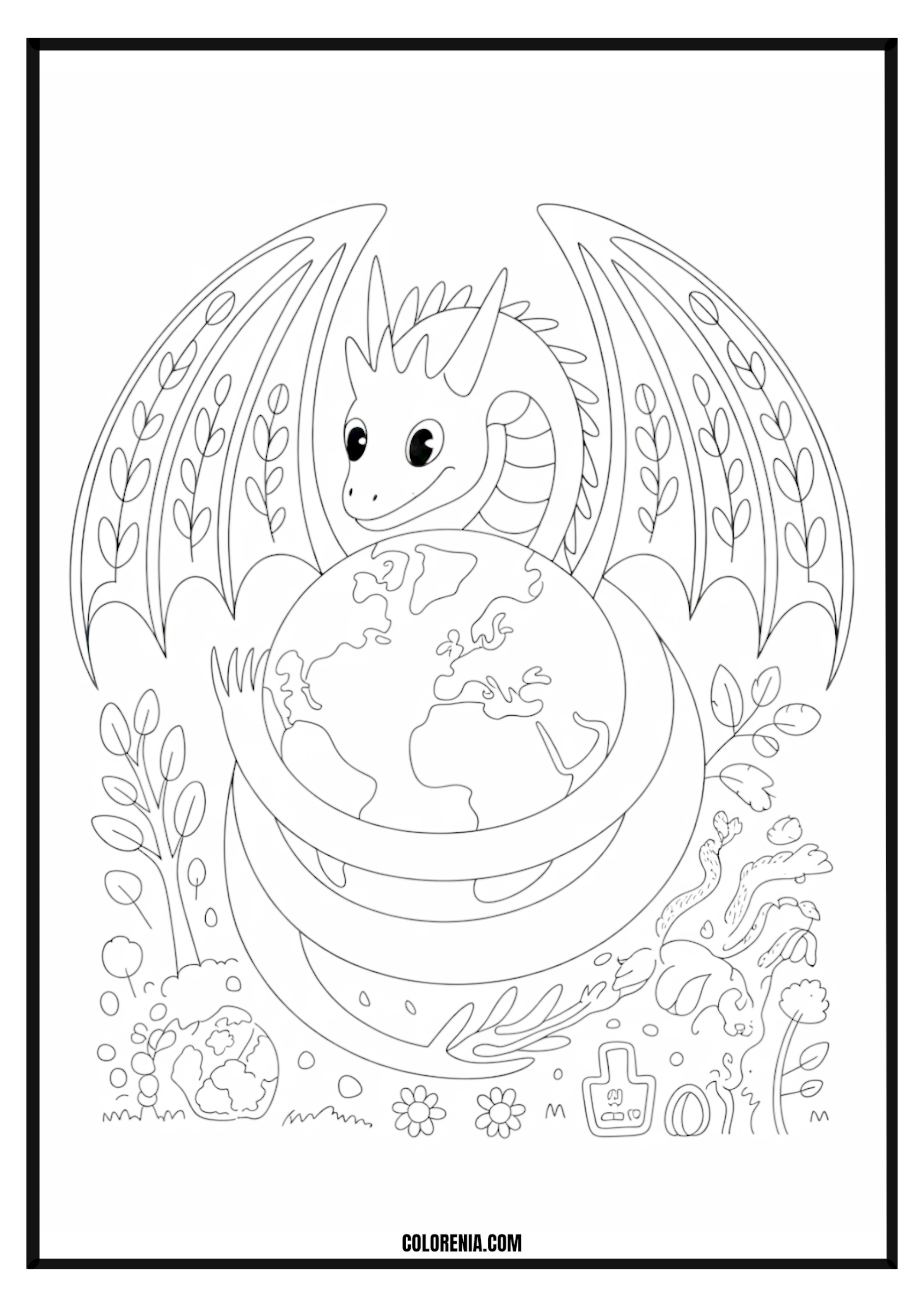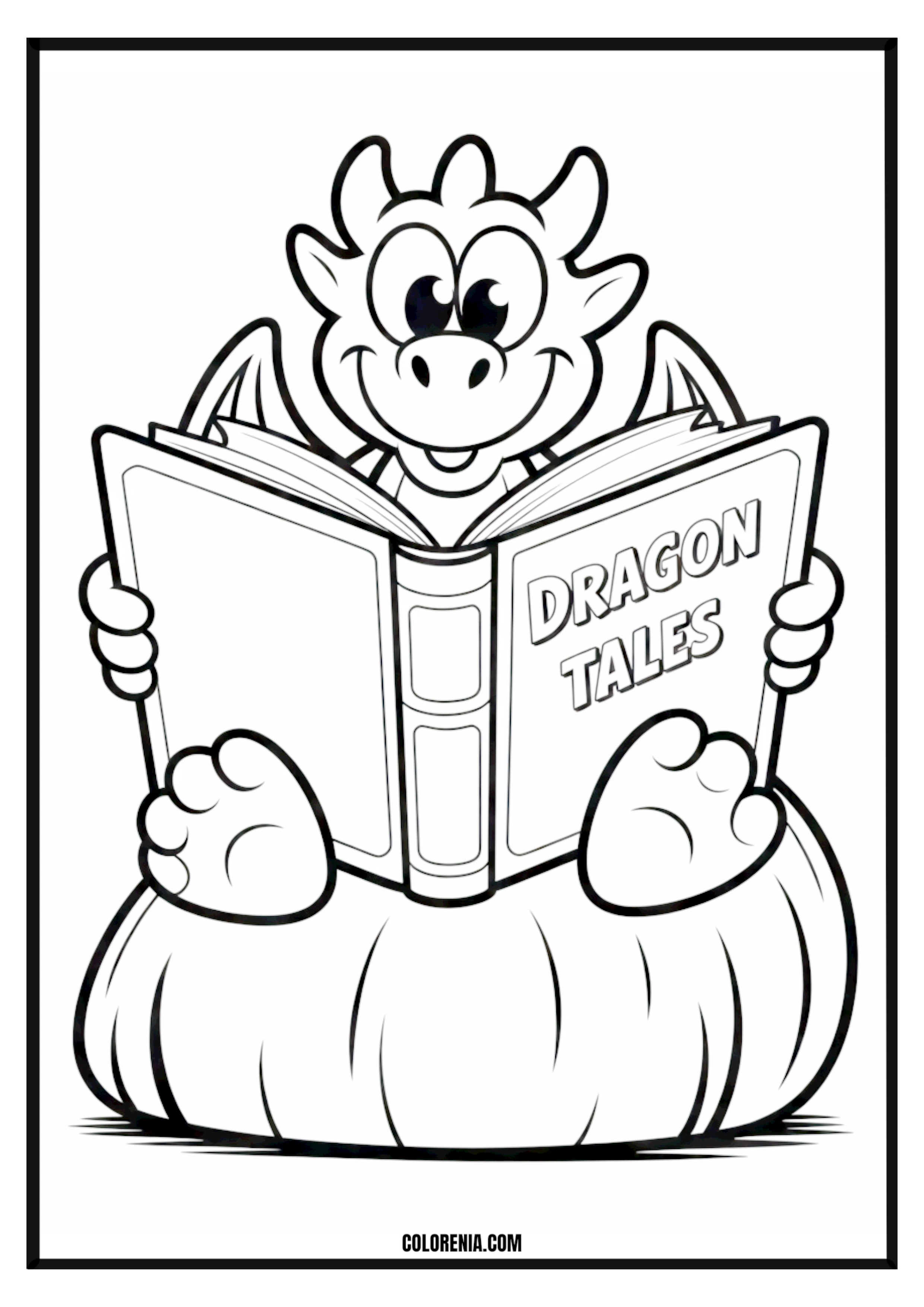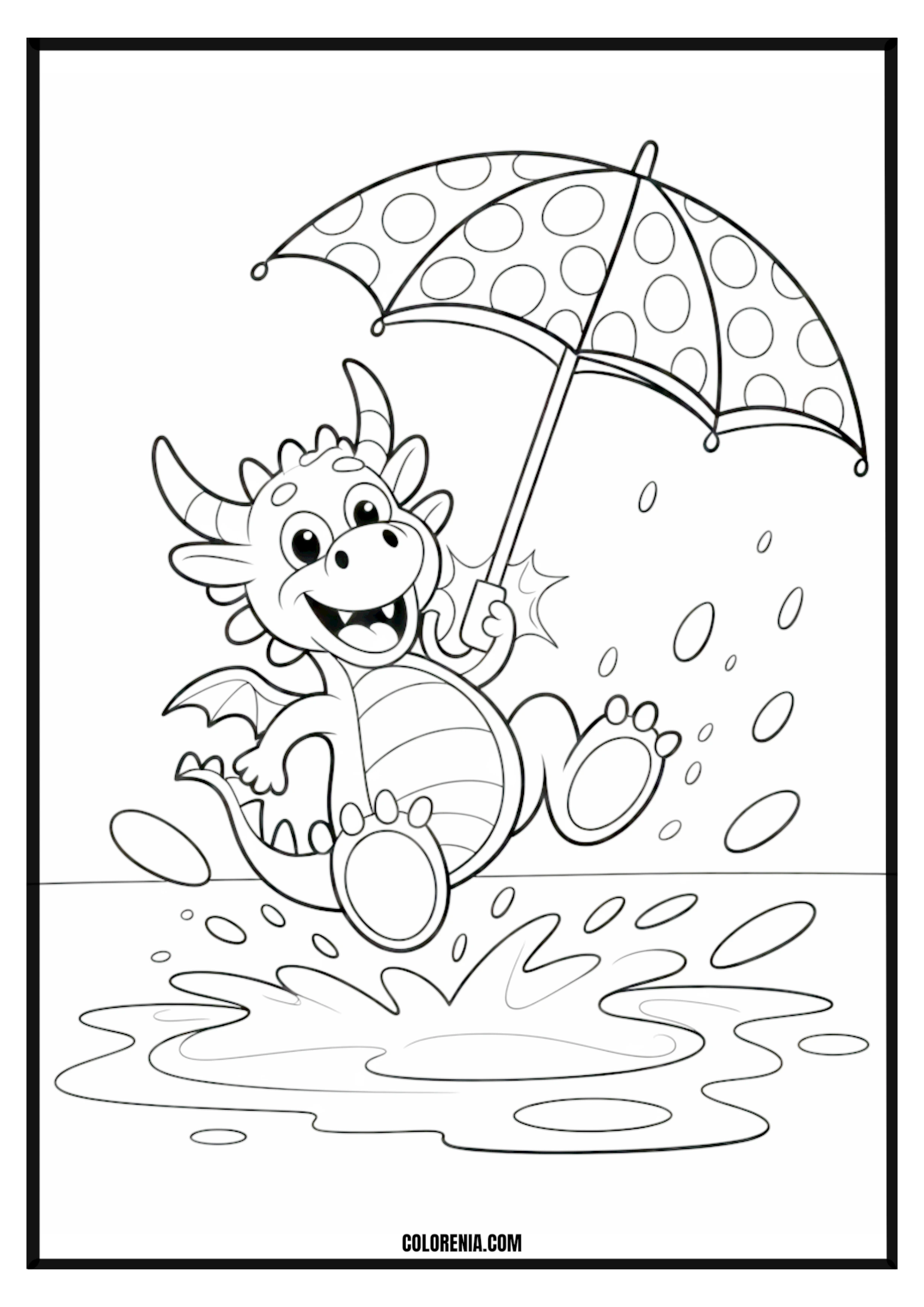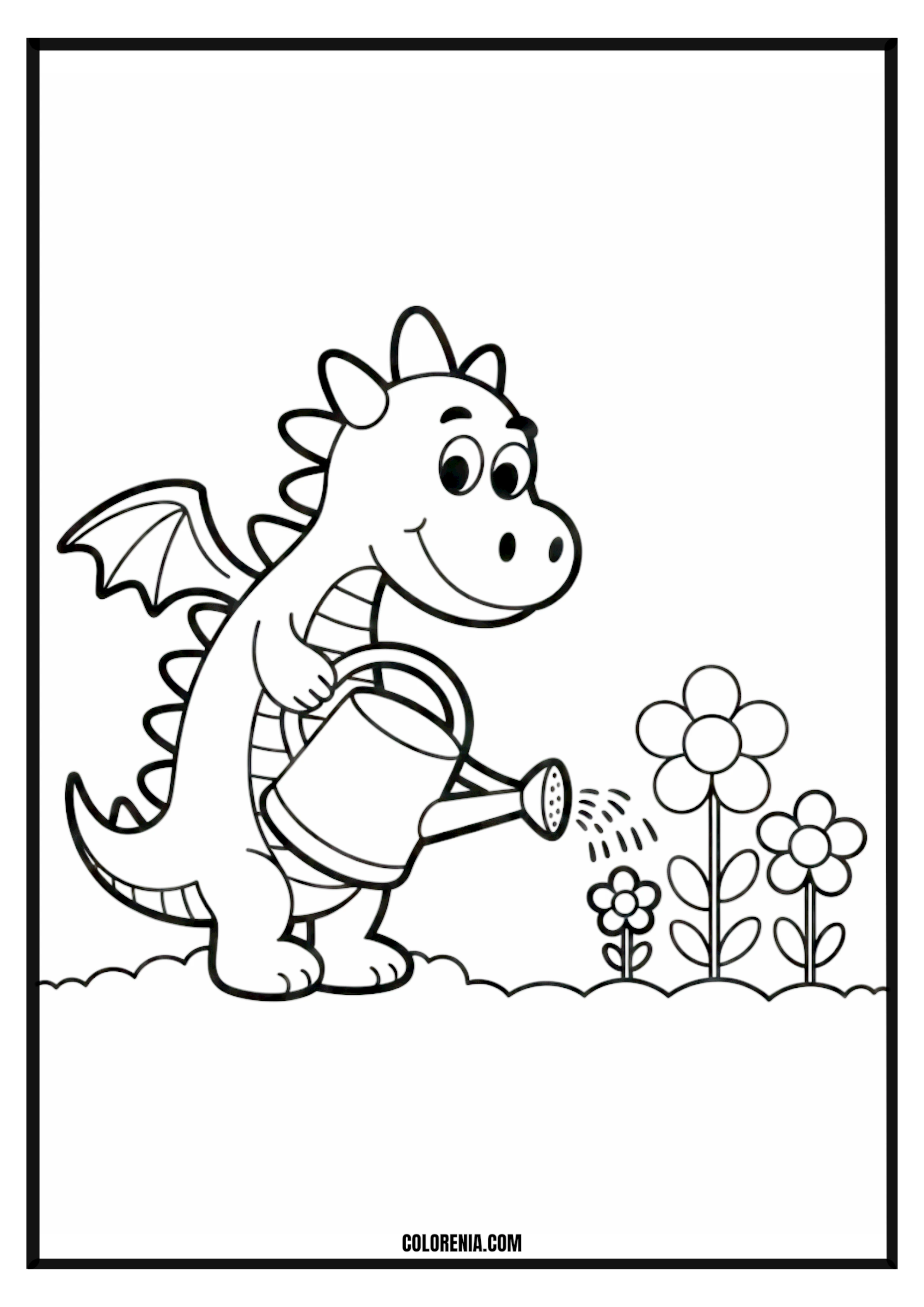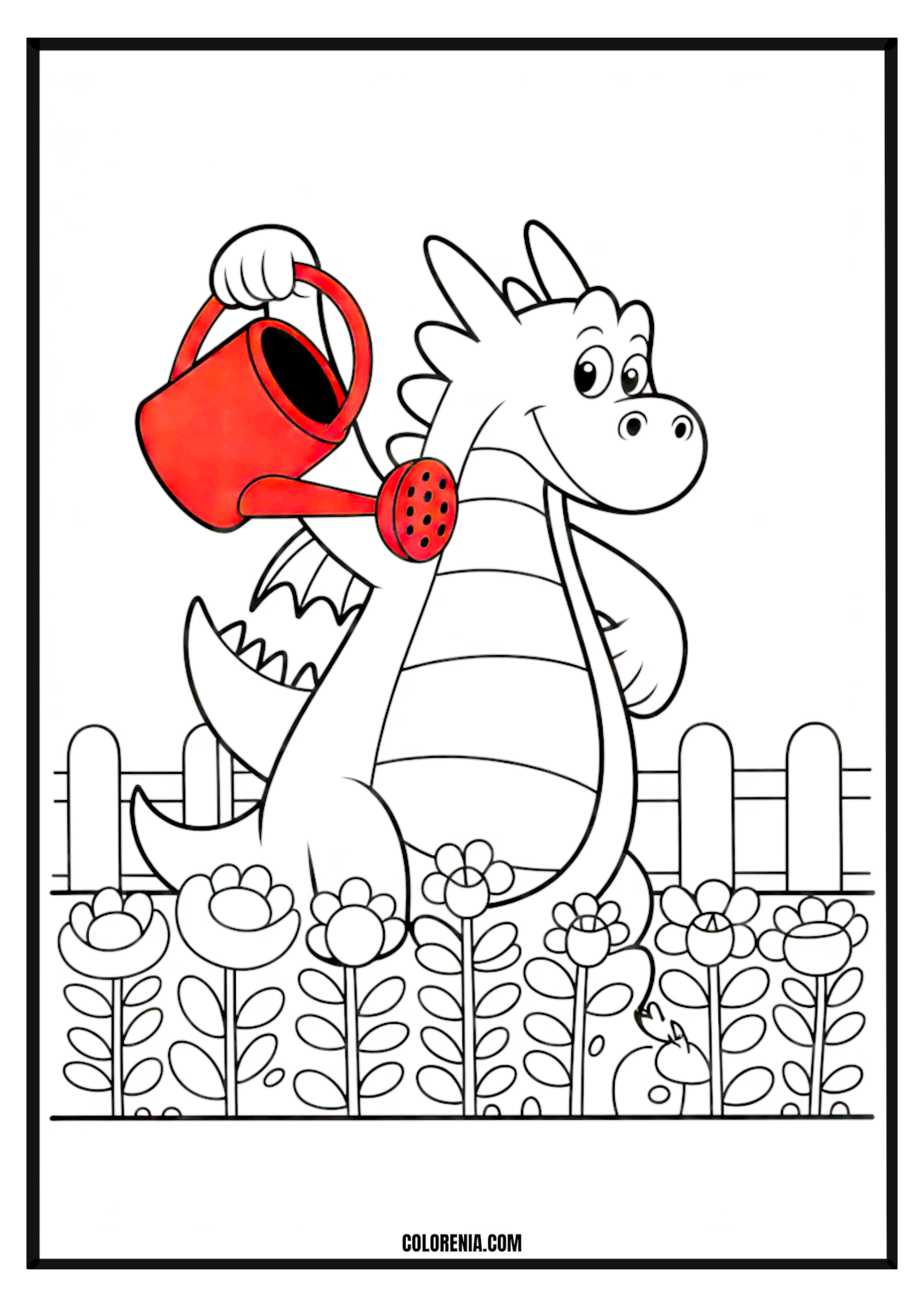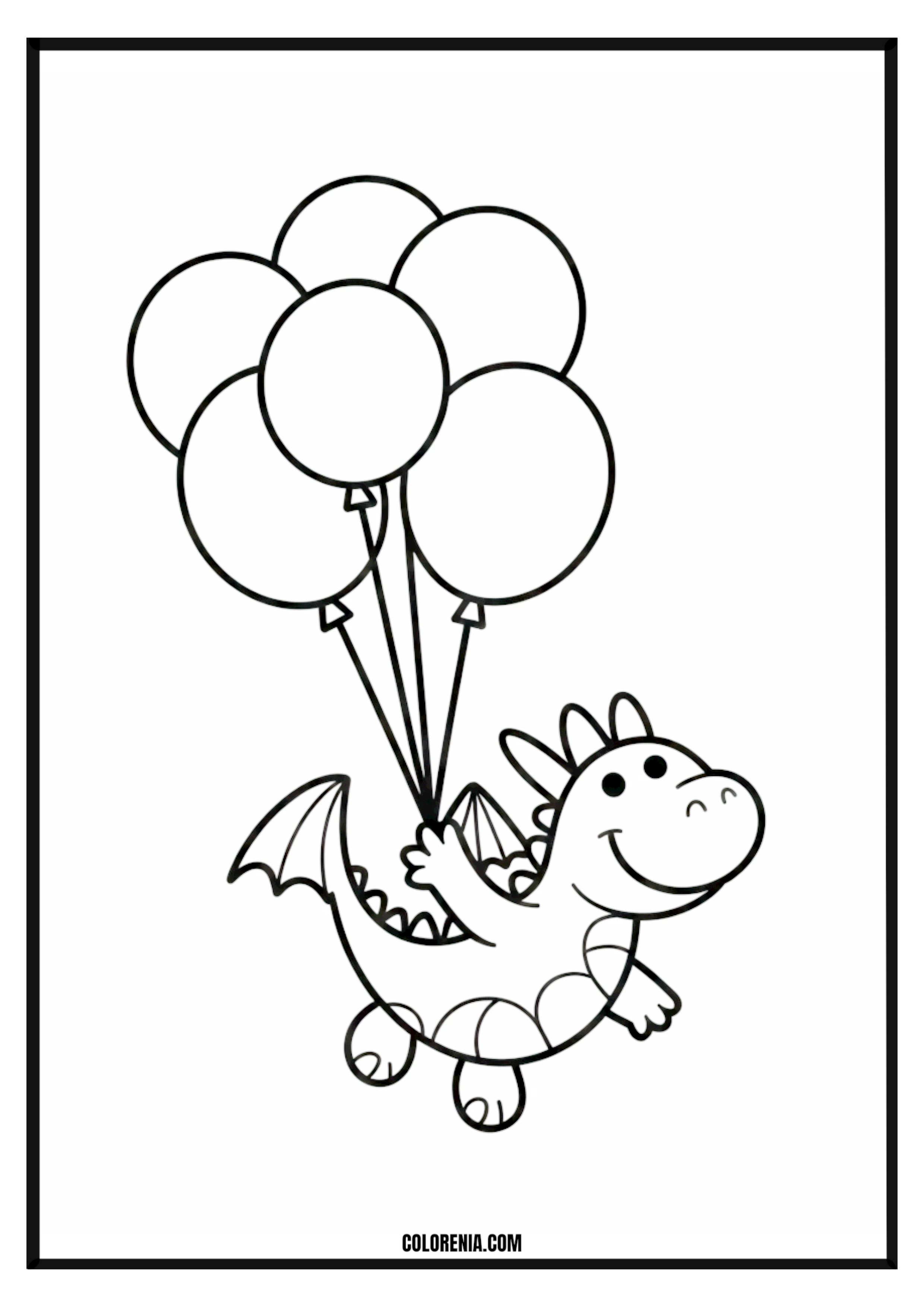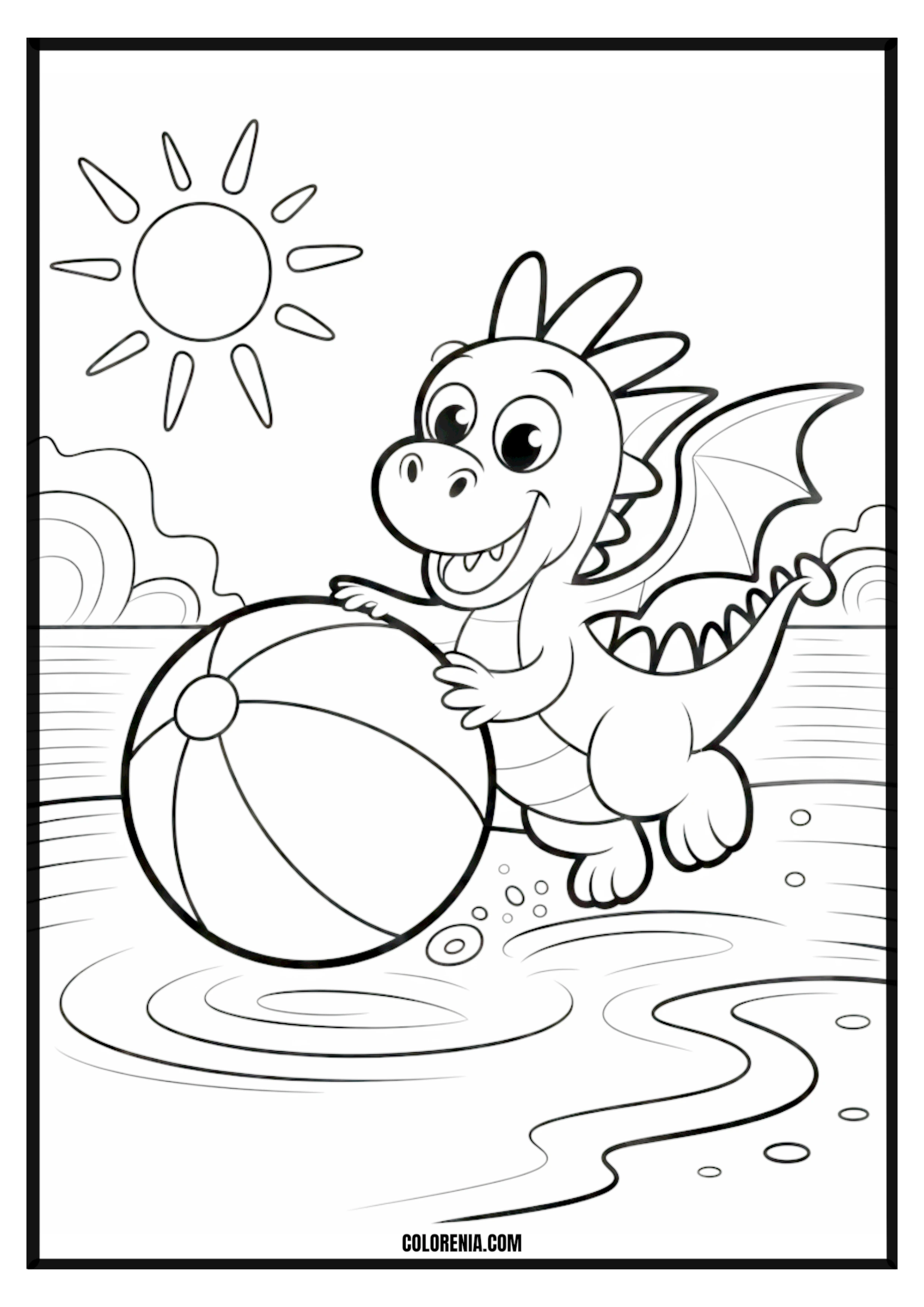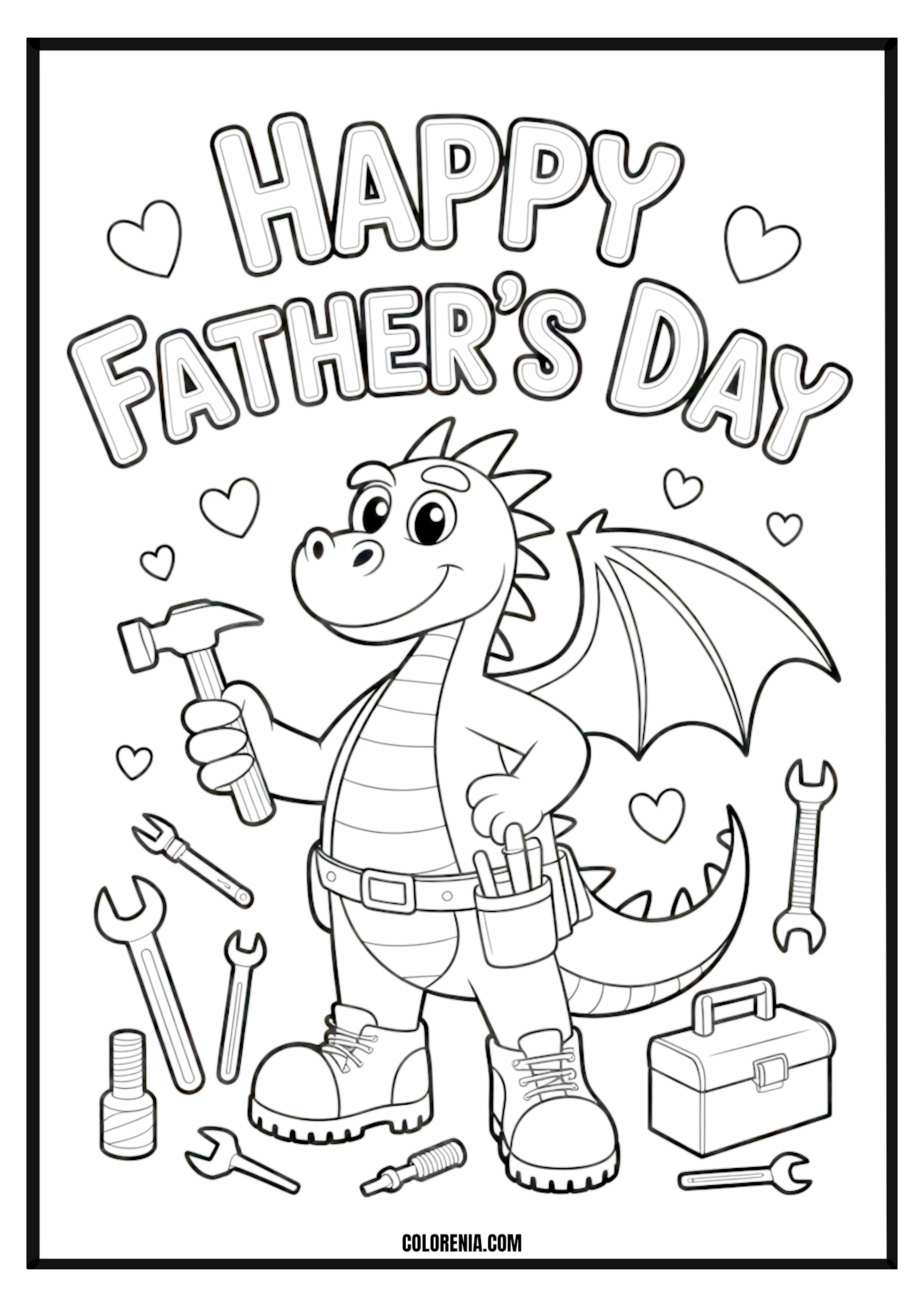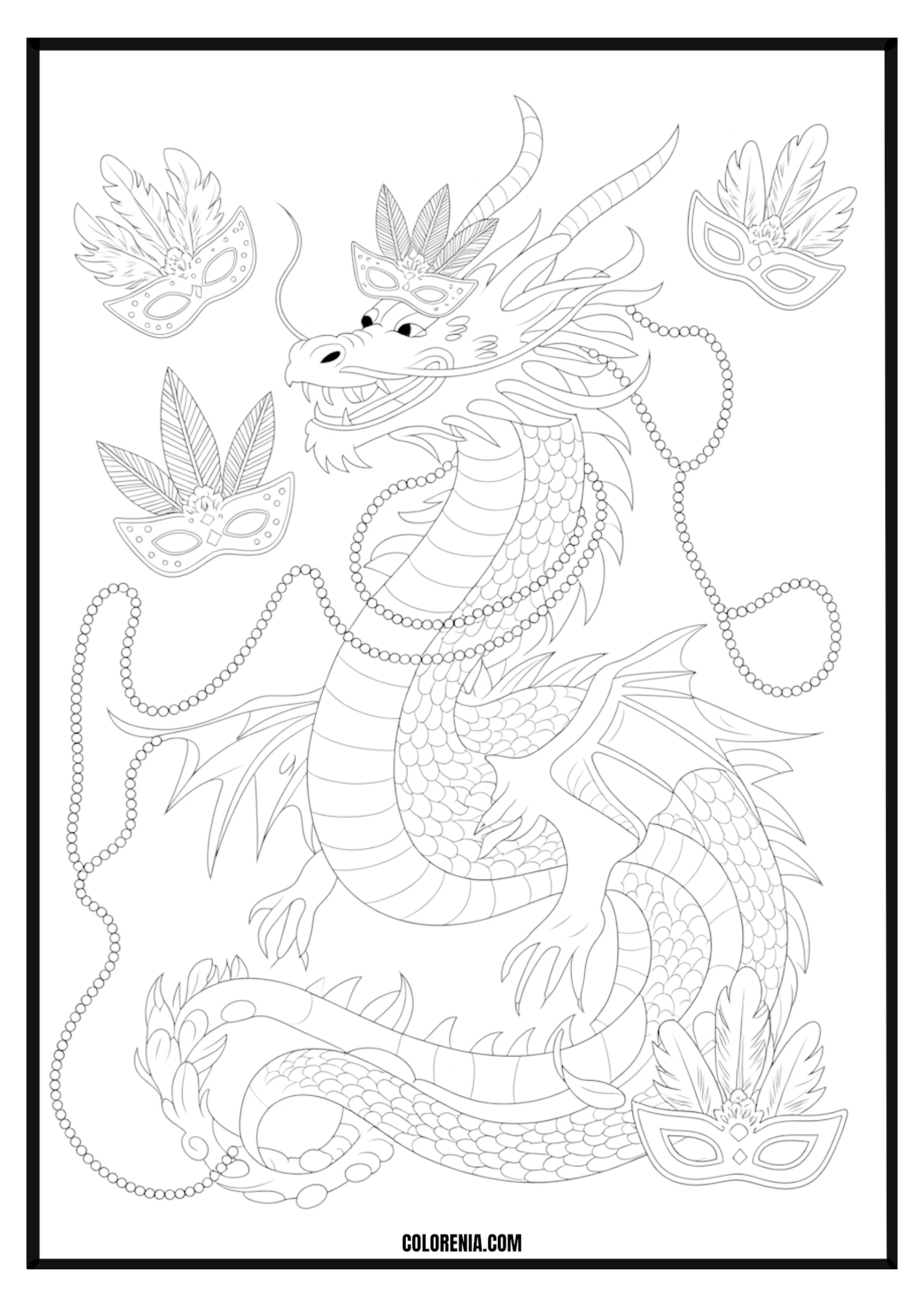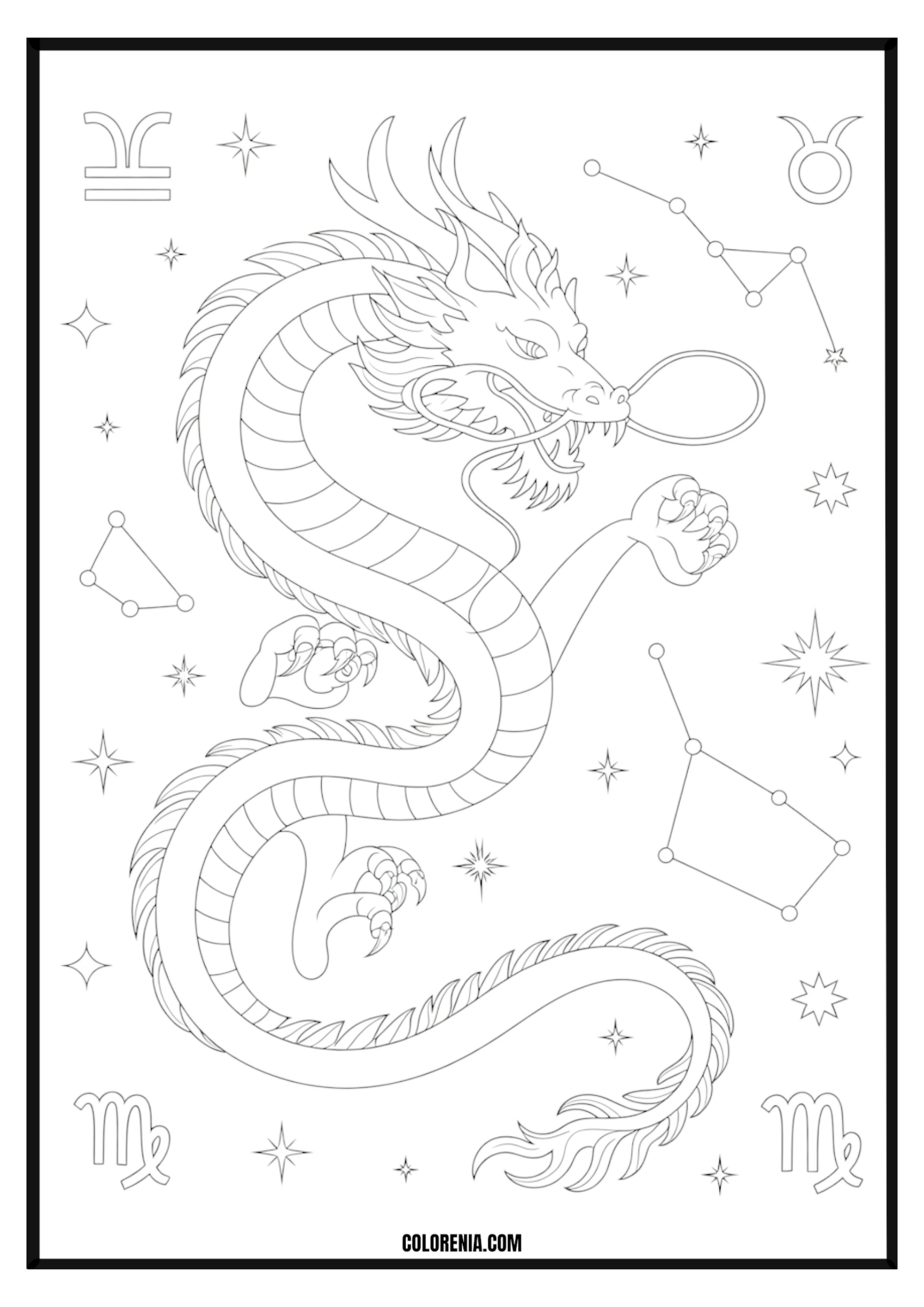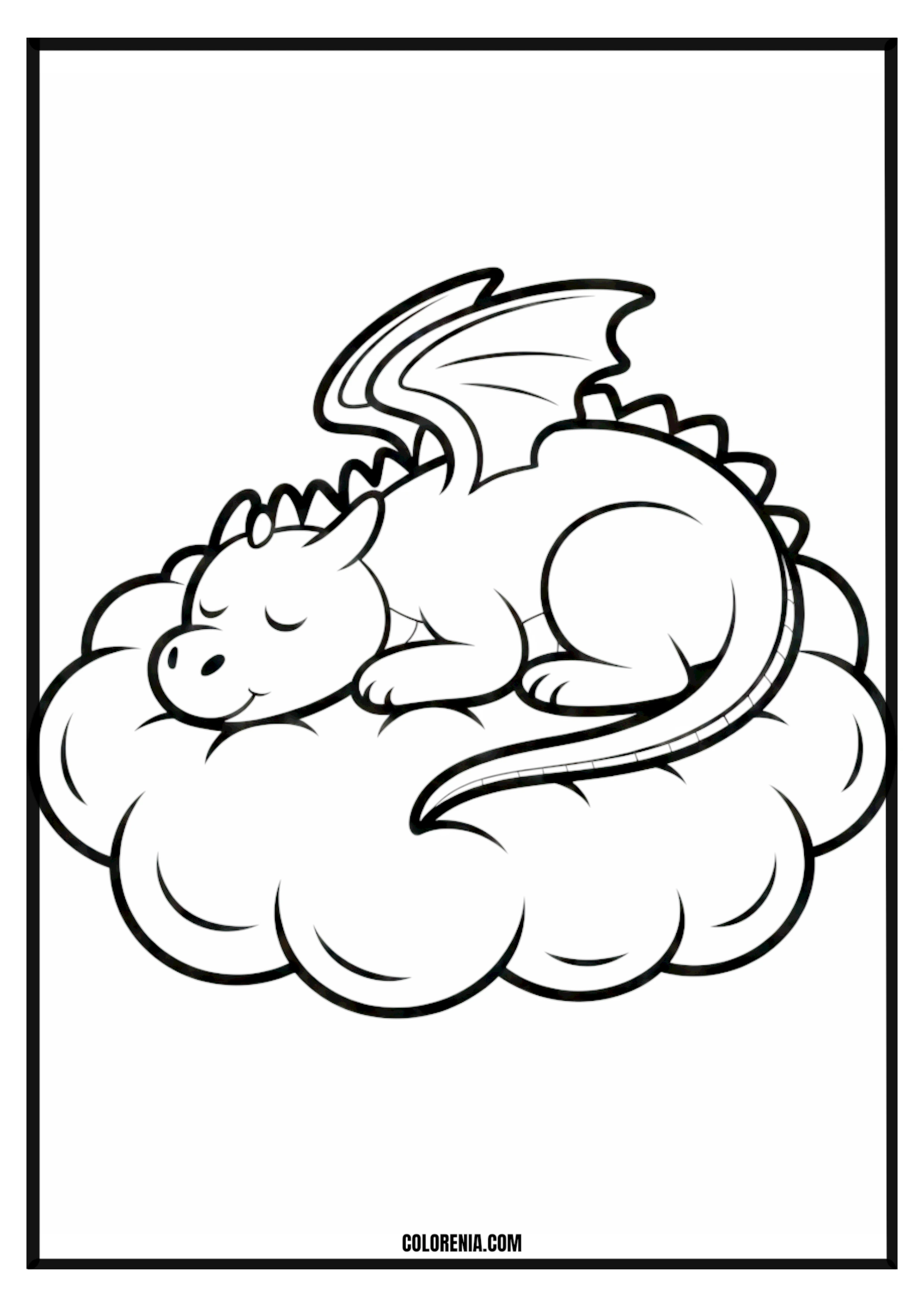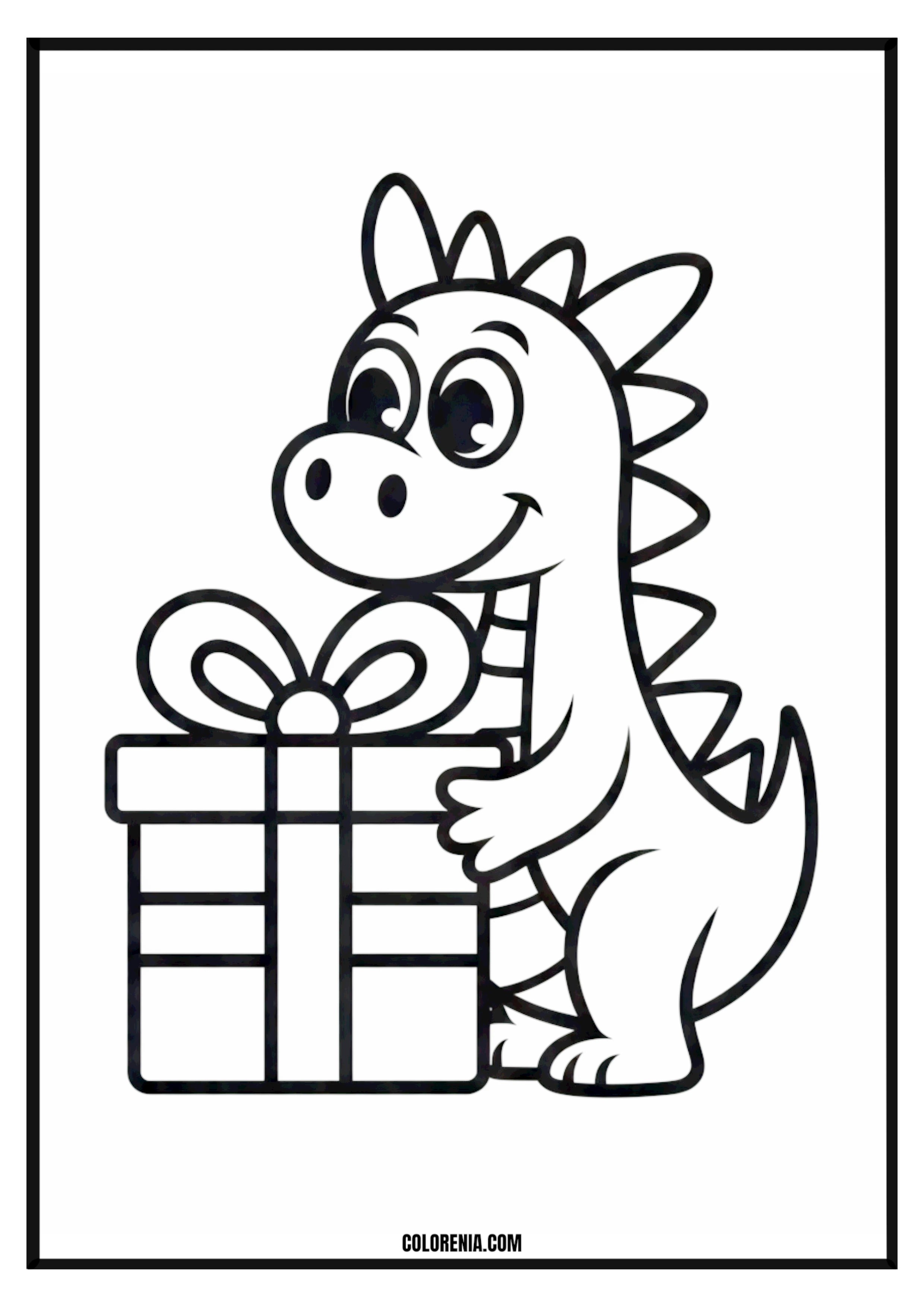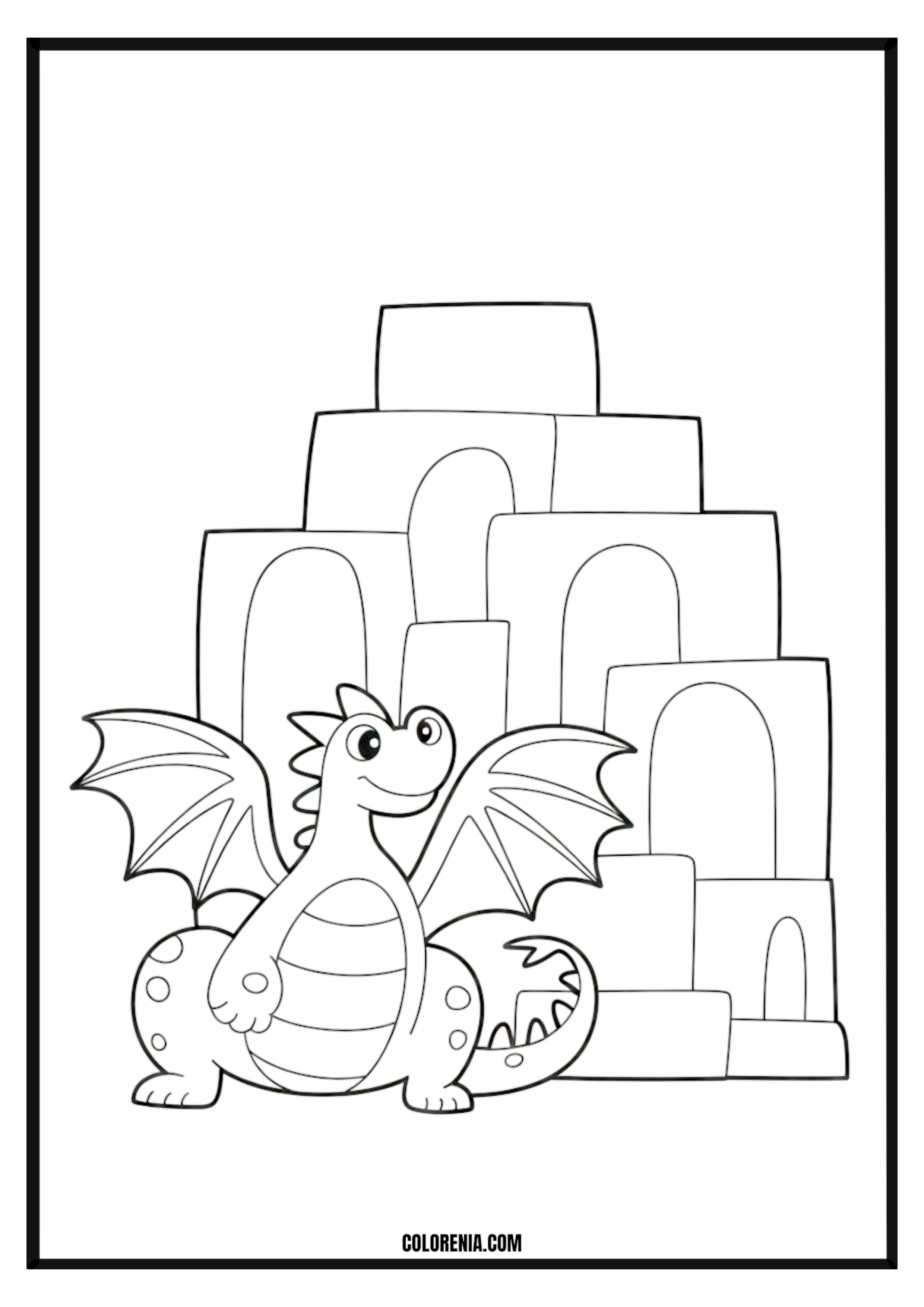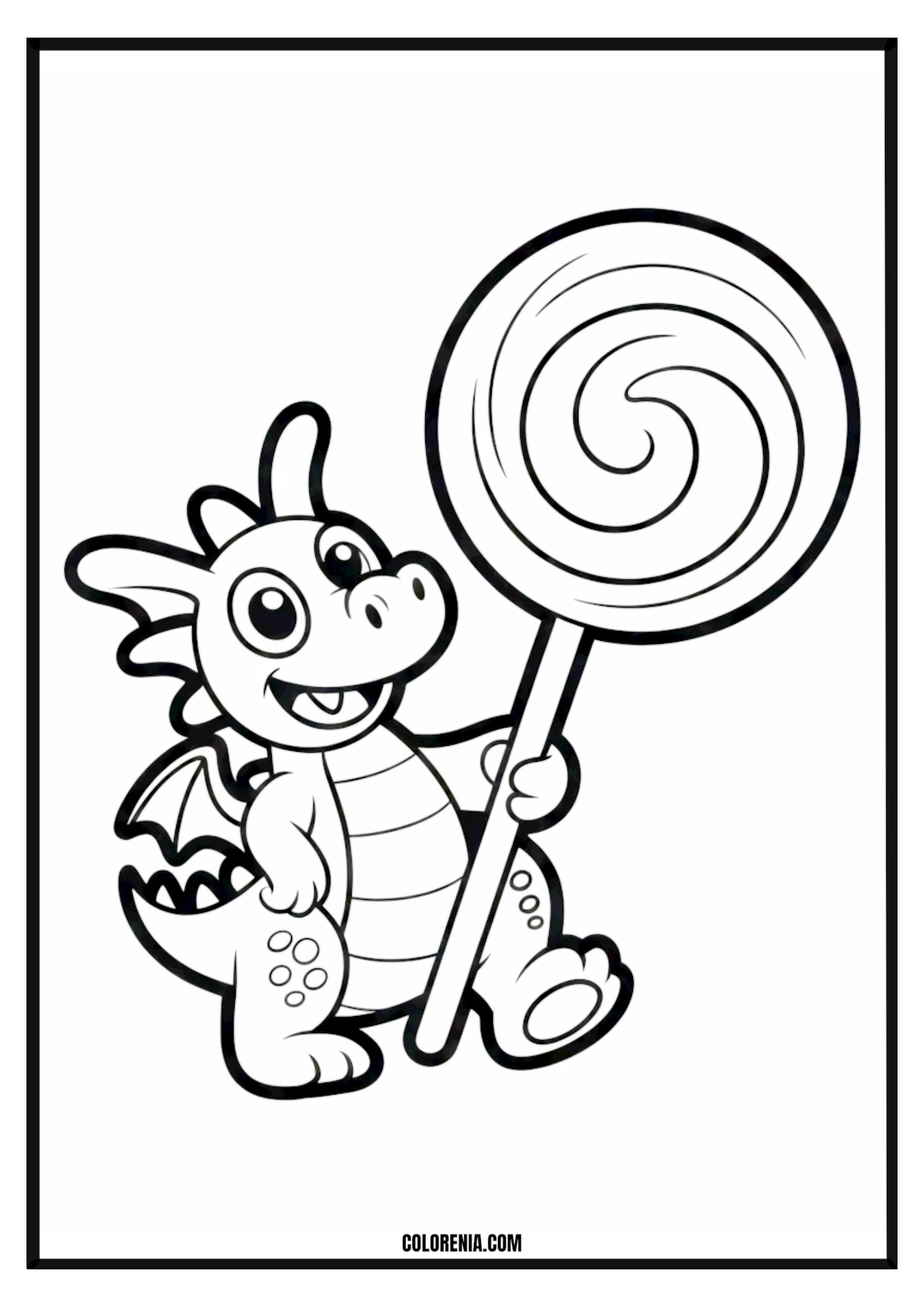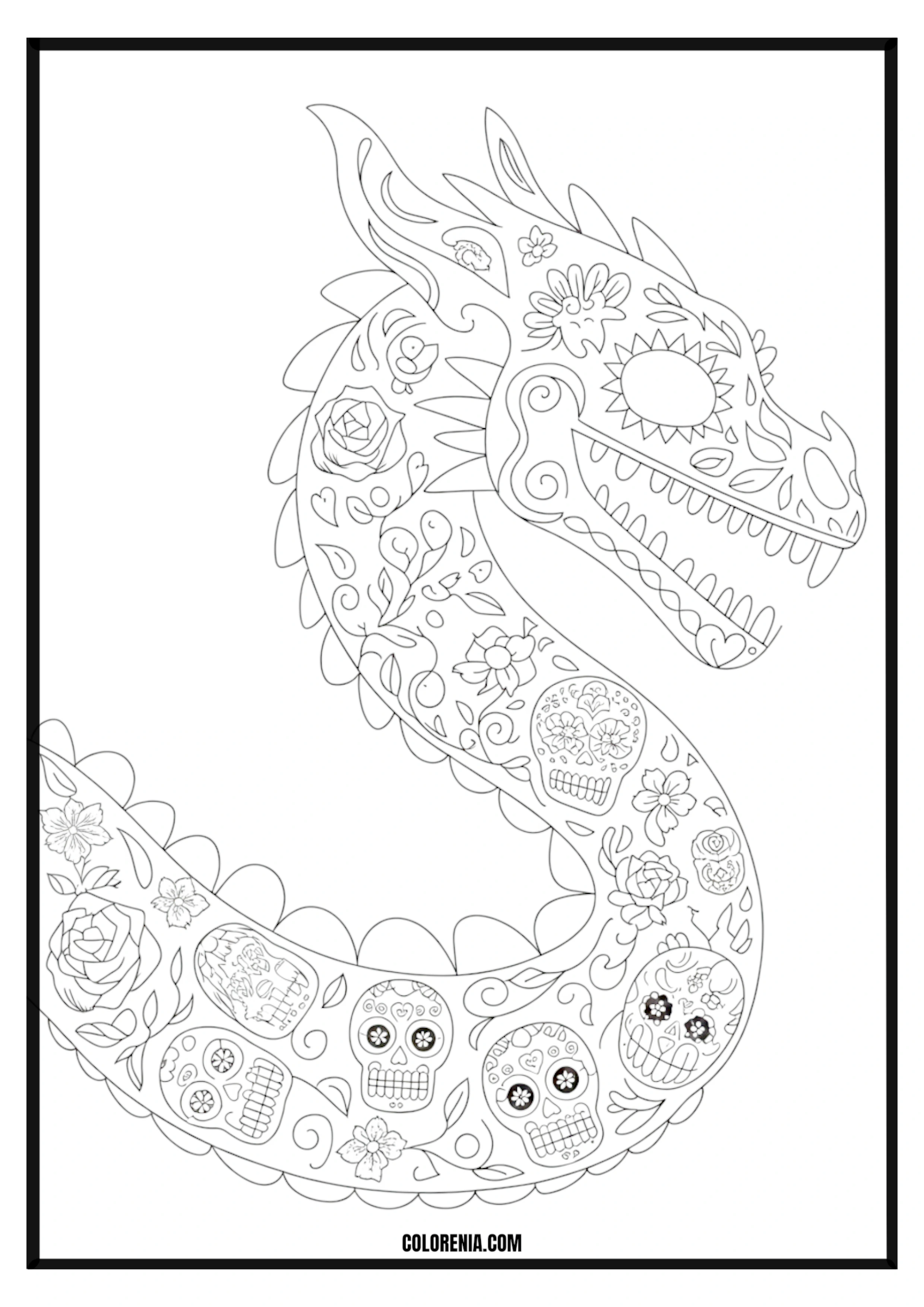We offer a wide collection of free, high-quality printable coloring pages for kids and adults. From cute animals to intricate mandalas, our designs bring creativity and relaxation to everyone. Download, print, and start coloring today!
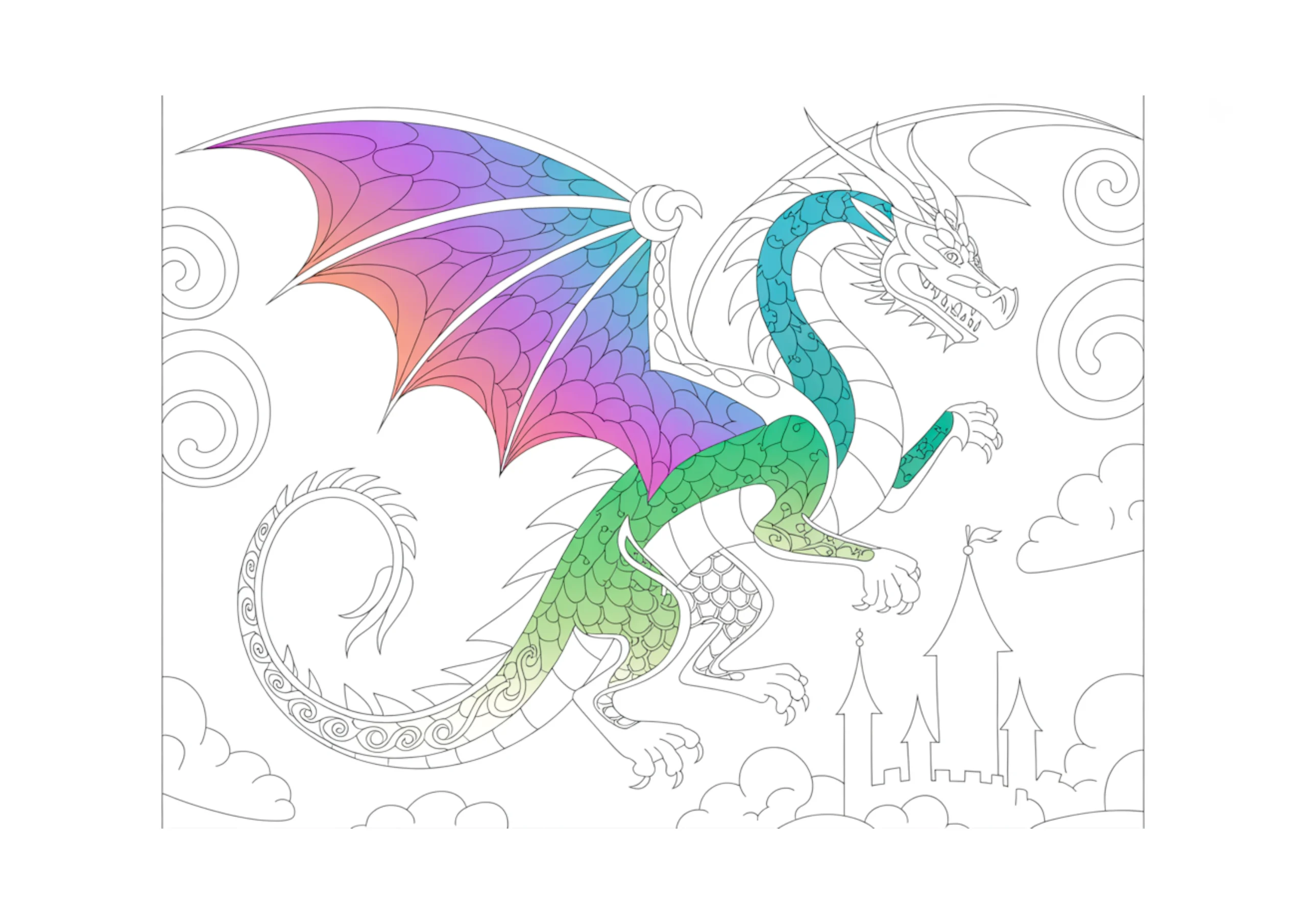
Last Tuesday, my 7-year-old nephew walked into my studio and spotted a half-finished dragon drawing on my desk. His eyes went wide. “Can I color that?” he asked. I’d been working on dragon designs for weeks, testing which ones kids actually finish versus the ones they abandon after three minutes. That moment reminded me why dragon coloring pages matter so much—they’re not just another animal to color. Dragons are powerful, magical, and let kids (honestly, adults too) create something that doesn’t exist in real life. Purple scales? Sure. Rainbow fire breath? Why not?
Key Takeaways: What You Need To Know
- Dragon coloring pages work for ages 3 to adult—you just need the right difficulty level
- Free printable options exist, but quality varies wildly (I’ve tested dozens)
- Realistic dragons need different coloring techniques than cartoon styles
- Thick-line designs work best for preschoolers; detailed scales challenge adults
- Cardstock paper prevents bleed-through with markers
Why Dragon Coloring Pages Hook Kids Faster Than Other Themes
What Makes These Coloring Pages Special?
Dragons aren’t real. That’s actually their superpower when it comes to coloring pages. My nephew can make his dragon bright pink with yellow polka dots, and nobody can tell him that’s “wrong.” Compare that to cat coloring pages where kids sometimes worry about getting the colors “right.”
The dragon coloring pages printable options I’ve designed include everything from fierce warriors to chubby baby dragons that look more cuddly than scary. The wingspan alone gives kids a huge canvas to experiment with color gradients. I’ve watched a 5-year-old spend 20 minutes just on the wings, carefully switching between four different shades of blue.
Medieval themes naturally attract kids who love castles and knights. Fantasy elements like treasure hoards and magical flames add extra details that keep older kids engaged. And here’s something weird I’ve noticed—boys and girls both grab dragon pages at the same rate, unlike some themes that skew heavily one way.
Who Can Enjoy These Designs?
Honestly? Everyone. But let me break this down because age matters more than you’d think.
Preschoolers (ages 3-5) need chunky dragons with thick outlines. I’m talking lines that are at least 0.25 inches wide. Anything thinner and you’ll see scribbles everywhere. The free baby coloring pages use similar line weights that work great for this age.
Elementary kids (ages 6-10) want detail but not overwhelm. Medium-complexity dragons with defined scales, claws, and facial features hit the sweet spot. These are the dragon coloring pages for kids that actually get completed. Too simple? Boring. Too detailed? Frustration and crumpled paper.
Teens and adults gravitate toward dragon coloring pages for adults—intricate scale patterns, realistic anatomy, dramatic poses. I’ve spent 40+ minutes on a single wing section before. These work as genuine stress relief, not just a kid activity. Adults don’t admit this often, but many told me they color dragons after rough workdays.
| Age Group | Difficulty Level | Recommended Supplies | Typical Time to Complete |
|---|---|---|---|
| 3-5 years | Beginner (thick lines) | Crayons, large washable markers | 5-10 minutes |
| 6-10 years | Intermediate | Colored pencils, thin markers | 15-25 minutes |
| 11+ years & adults | Advanced (detailed scales) | Fine-tip markers, gel pens, colored pencils | 30-60+ minutes |
Finding the Right Dragon Design Without Wasting Printer Ink
How to Choose the Right Difficulty Level?
I wasted probably $40 in ink before figuring this out. Here’s what actually works.
Start by counting the sections. Seriously. Look at how many distinct areas need coloring. Dragon coloring pages easy versions have maybe 15-25 sections total. The body, head, wings, tail, some flames—that’s it. A 4-year-old can handle this without melting down.
Medium difficulty? You’re looking at 40-70 sections. Individual scales start appearing. Claws have definition. Background elements like rocks or clouds add complexity. These dragon coloring book pages keep elementary kids engaged without overwhelming them.
Advanced designs push past 100+ sections. Every scale is outlined. Wing membranes have intricate vein patterns. Horns, spikes, and armor plating all get separate areas. These dragon coloring pages realistic options appeal to detail-oriented colorers who find simple designs boring.
Quick test: Show the page to your kid. If they say “whoa, cool!” grab it. If they say “that’s too much,” trust them and pick something simpler.
Check the line thickness too. Print a test page. Can you easily see where one section ends and another begins? Blurry or too-thin lines cause accidental coloring outside areas, which frustrates kids fast. The dinosaur coloring pages I designed use this same principle—clarity over complexity for younger ages.
What Art Supplies Work Best?
Markers bleed through regular printer paper. Just accept this truth now and save yourself the disappointment. I learned this when my nephew colored a dragon with markers and ruined the unicorn page printed on the back.
For basic printer paper (20 lb): Stick with crayons or colored pencils. Both work fine and don’t bleed. Crayons give that classic waxy finish kids love. Colored pencils allow more control and layering.
For cardstock (65-110 lb): Now you can use markers. I print all my dragon coloring pages printable pdf files on 65 lb cardstock from the office supply store. Costs more but worth it. Markers stay vibrant, don’t bleed through, and the finished art feels more substantial. Kids notice the difference.
For detailed adult pages: Fine-tip markers or gel pens. The 0.4mm tip size lets you color tiny scale sections without crossing lines. I keep a set of 48 fine-tip markers just for my own coloring projects. The butterfly coloring pages work great with these too—lots of small wing sections that need precision.
Avoid watercolors unless you’re printing on actual watercolor paper. Regular paper warps and tears. Not worth the mess.
Teacher tip from my friend Sarah: She prints dragon pages on regular paper but has kids color with crayons, then outline everything with a black marker afterward. The black lines hide any “oops” moments and make the finished dragons look more dramatic.
Getting Your Dragon Pages Printed Without Breaking the Bank
Where to Print Your Coloring Pages?
Home printing works if you’ve got a decent printer and aren’t doing 30 copies for a classroom. I use an HP InkJet that cost $80 and handles dragon coloring pages free printable options just fine. One color ink cartridge lasts about 40-50 pages depending on how much black the design uses.
Money-saving trick: Print in “draft” mode for test pages. Check if the design works before doing a high-quality print. Saves tons of ink.
For teachers or bulk needs, hit up your local print shop. FedEx Office, Staples, or local places often charge $0.15-0.30 per black-and-white page. Color printing costs more but makes the outlines pop, especially for younger kids who need visual clarity.
Library printers? Some public libraries offer free printing up to a certain page limit monthly. Worth checking if you need dragon coloring pages for free in bulk. Just bring your USB drive with the PDF files.
School copy rooms give teachers the best deal—usually unlimited printing for classroom use. Sarah prints 30 copies of dragon pages every Friday for early finishers. Costs her nothing and keeps kids productively busy.
Online printing services like Vistaprint work for specialty projects. Want your dragon pages printed on really thick cardstock or even magnetic paper? They’ll do it. Pricey though—like $2+ per page. Only worth it for special occasions or gifts.
What Paper Types Give Best Results?
Standard printer paper (20 lb): Fine for crayons and colored pencils. Cheap, easy to find, does the job. My go-to for kids under 7 who just want something to color without fussing about quality.
Cardstock (65 lb): The sweet spot for most projects. Thick enough to handle markers. Stiff enough that finished art can be displayed without flopping over. Costs about $8 for 100 sheets at Walmart. I buy this in bulk.
Heavy cardstock (110 lb): Overkill for most uses but amazing for dragon coloring page free designs you want to turn into wall art or gifts. This weight feels almost like thin cardboard. Markers glide smoothly. The finished piece looks professional. More expensive—about $15 for 50 sheets.
Watercolor paper: Only if you’re planning to use watercolors or very wet mediums. The texture adds an artistic quality but costs way more. I’ve tried this with dragon designs and honestly? Kids don’t care about the fancy paper. Save your money unless you’re an adult doing this for relaxation art.
The Pokemon coloring pages I print use the same cardstock strategy—65 lb for regular use, 110 lb when I want something frameable.
Size matters too. Standard letter (8.5″ x 11″) works for most dragons. But some of the detailed dragon coloring pages printable free designs look better on legal size (8.5″ x 14″) to give those wings room to spread.
Making Dragon Coloring Time Actually Fun (Not Just Busy Work)
How to Display Finished Artwork?
My nephew colored six dragons in two weeks. His mom asked me, “What do I do with all these?” Good question.
Fridge magnets hold 2-3 pieces max before your fridge looks chaotic. But kids love seeing their art displayed, so here’s what works better:
String and clothespins: Run a string across a wall in their room. Use small clothespins to hang rotating art. Easy to swap out new pieces. Costs maybe $5 total at the craft store. This setup lets you display 10-15 pages without taking up much space.
Binder system: Buy a 3-ring binder and plastic sheet protectors. Kids slide finished dragon coloring pages for preschoolers right into the sleeves. Creates a personal art book they can flip through. My nephew shows his to everyone who visits. Seriously, everyone.
Frame the best ones: Dollar Tree sells frames for $1.25. Pick your kid’s absolute favorite dragon, frame it, hang it in their room. This makes them feel like a real artist. The pride on their face? Worth way more than $1.25.
Photograph everything before throwing it away. This sounds obvious but solves the problem of too much paper art piling up. Take a clear photo, store digitally, then recycle the paper after a few weeks. You keep the memory without the clutter.
Some parents scan finished pages and turn them into actual books through online services like Shutterfly. Saw one family do this with a year’s worth of coloring—made a coffee table book of their kid’s art. Super cool but pricey.
The Mario coloring pages my nephew finished went into his binder. The dragon pages? Those got framed. Dragons just hit different for him.
What Creative Techniques Can You Try?
Basic coloring works fine, but here’s where things get interesting.
Color gradients on scales: Start with dark green at the base of each scale, fade to light green at the tip. This makes the dragon look three-dimensional instead of flat. Takes more time but looks incredible. Adults especially love this technique on dragon coloring pages for adults.
Metallic markers for special effects: Gold or silver markers make armor plating, treasure hoards, or jewelry pop. Use these sparingly as accents. A teacher told me her students fight over the metallic markers when they’re coloring dragons because the shiny bits look so cool.
Background additions: Don’t just color the dragon—add a sky, mountains, or castle in the blank space around it. Turns a coloring page into a complete scene. I’ve seen kids get so into this they spend more time on the background than the actual dragon.
Pattern experimentation: Who says dragon scales have to be one color? Try stripes, polka dots, or alternating colors. My nephew did a checkerboard pattern on his dragon’s belly. Looked weird but totally worked.
Mixed media approach: Color the dragon with colored pencils, then outline everything with a thin black marker to make edges crisp. Or use crayons for the body and markers for the fire breath to create texture contrast.
The flower coloring pages lend themselves to similar gradient techniques, but dragons offer more dramatic surfaces to practice on.
Real parent review: Jenny, a mom from Ohio, told me her 9-year-old daughter spent three days on one dragon page, carefully shading every single scale with four different shades of purple. “I thought she’d get bored,” Jenny said, “but she was completely absorbed. It’s the longest she’s focused on one project in months.”
Frequently Asked Questions About Dragon Coloring Pages
Are there free Dragon coloring pages for kids & adults?
Yes, tons of dragon coloring pages free options exist online. Colorenia offers dozens without requiring email signups or payments. Quality varies wildly across sites though—some have blurry lines or weird proportions. I’ve tested over 50 free sources and maybe 12 were actually worth printing. Look for clean lines, balanced designs, and appropriate detail levels for your age group. Adult designs should have intricate patterns; kid versions need simpler shapes.
How many Dragon coloring pages are there?
There’s no definite number since designers create new ones daily. On Colorenia alone, I’ve uploaded 47 different dragon designs so far, ranging from simple baby dragons to complex medieval warriors. Across the internet? Probably thousands. The challenge isn’t finding dragon coloring page options—it’s finding good ones that kids actually finish. Most people need 10-15 really solid designs, not hundreds of mediocre ones.
What is a baby dragon coloring page?
Baby dragon pages feature cute, simplified versions—big heads, chubby bodies, small wings. Think puppy-like proportions instead of fierce warriors. These work perfectly for ages 3-6 who want dragons but find realistic ones scary. Fewer details mean easier coloring. My baby dragon designs have maybe 12-15 sections total. Kids finish them in 5-10 minutes and feel accomplished. The eyes are usually oversized and friendly-looking, unlike adult dragon pages where eyes look intense or menacing.
How can kids make fun with Dragon coloring pages?
Beyond just coloring, kids use dragon pages for storytelling. My nephew names every dragon he colors and makes up elaborate backstories. Some kids cut out finished dragons and play with them like paper dolls. Teachers use them for creative writing prompts—color the dragon, then write about where it lives or what it eats. Older kids enjoy the challenge of realistic shading techniques. Group coloring sessions work great too; I’ve seen siblings each color the same dragon coloring pages printables design differently, then compare results. It’s less about the activity itself and more about the imagination dragons trigger.
How do you color a dragon?
Start with the eyes—they set the whole mood. Bright colors make friendly dragons; dark colors create fierce ones. Work from top to bottom generally, or color section by section if you’re doing patterns. For scales, pick 2-3 shades of your main color and alternate to create depth. Fire breath looks best with yellow centers fading to red/orange edges. Wings can use gradient techniques—darker near the body, lighter at the edges. Don’t stress about realism since dragons aren’t real anyway. I’ve seen purple dragons with green wings that looked awesome. Regular printer paper works fine with crayons or colored pencils; use cardstock if you’re using markers.
How to make your favorite Dragon coloring pages more special?
Add glitter glue to scales or fire breath for sparkle. Use metallic markers on armor or treasure. Cut out the finished dragon and glue it onto construction paper to create a border/frame effect. Laminate the finished piece to make it more durable—laminating sheets cost about $10 for 20 at Target and you can cut them with scissors. Some parents scan completed dragons and use them as birthday card covers or gift tags. Frame the absolute best ones in cheap frames from the dollar store. Create a dragon collection binder with plastic sleeves to show off all finished pieces. Add your own background details—castles, mountains, clouds—to turn the page into a complete scene. The Sonic coloring pages get similar treatment in our house—finished pieces become bookmarks, wall art, or even wrapped around pencil holders.
Why These Dragon Designs Actually Work Better
The Line Thickness Secret Nobody Mentions
Ever wonder why some coloring pages work great and others frustrate kids within minutes? Line thickness.
I tested this obsessively. Dragon coloring pages easy versions use 3-4 point line weights (about 0.25 inches thick). Preschoolers can see exactly where to color. Their chubby crayons fit inside the sections. Mistakes are harder to make.
Medium designs use 2-3 point lines. Still visible but allow for more detail and smaller sections. Elementary kids handle these fine with regular crayons or colored pencils.
Advanced dragon coloring pages realistic options go down to 1-2 point lines. This creates those intricate scale patterns and detailed textures adults love. But hand a 4-year-old one of these? Total disaster. They can’t see the sections clearly.
I’ve watched younger kids get frustrated because the lines were too thin to distinguish. They colored outside the lines not because they couldn’t control the crayon, but because they literally couldn’t see the boundaries well. Then they felt bad about “messing up.”
Design tip: If a page has varied line weights—thick outlines around the dragon, thinner lines for internal details—that’s usually well-designed. The thick border contains mistakes while internal details add interest.
The Spiderman coloring pages I designed follow the same principle—web patterns need thinner lines for detail, but the body outline stays thick for younger colorers.
Theme Variations That Keep Kids Coming Back
Not all dragons look the same, and that matters more than you’d think.
Medieval dragons: Scales, wings, breathing fire at castles. Classic fantasy. Boys especially grab these but honestly, plenty of girls love them too. These work year-round and never go out of style.
Chinese dragons: Long, serpentine bodies, whiskers, no wings. These look completely different from Western dragons. Cultural education bonus. Plus they’re easier to color in some ways—less wingspan complexity, more flowing body shapes.
Cartoon dragons: Big eyes, silly expressions, maybe wearing clothes or accessories. These appeal to kids who find realistic dragons intimidating. The free Stitch coloring pages hit a similar cute-character vibe that younger kids love.
Dragon babies/eggs: Less common but super popular when I offer them. Kids love coloring baby creatures. Dragon eggs with cracks showing tiny dragons peeking out? Gets picked constantly.
Seasonal dragons: Dragons wearing scarves in winter, flower crowns in spring, etc. Limited appeal but nice for themed activities. The November coloring pages include a harvest-themed dragon that teachers grab for autumn activities.
Variety keeps kids interested. My nephew colored three medieval dragons, got bored, then discovered the Chinese dragon style and went wild for those. Different isn’t just nice—it’s necessary to maintain engagement over time.
Conclusion
Dragon coloring pages aren’t just another printable to keep kids busy for ten minutes. They’re imagination fuel wrapped in thick-line outlines and empty sections waiting for color. The right design turns a random Tuesday afternoon into focused creative time—whether you’re three years old with a fistful of crayons or thirty-something stressed from work with a set of fine-tip markers.
Pick pages based on actual skill level, not wishful thinking. Print on cardstock if you’re using markers. Let kids make dragons purple with rainbow wings because why not? And don’t feel weird if you end up coloring one yourself after the kids go to bed. Those dragon coloring pages for adults exist for a reason. We all need a little magic sometimes, even if it comes from a printer and colored pencils.
